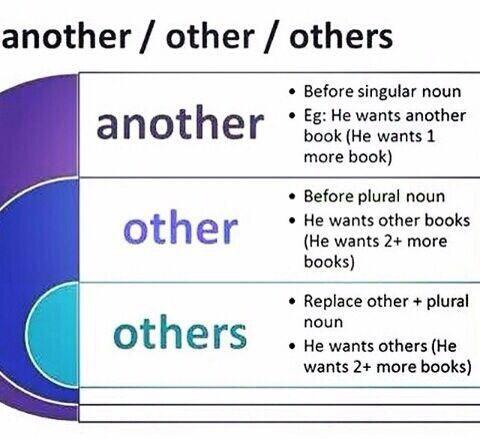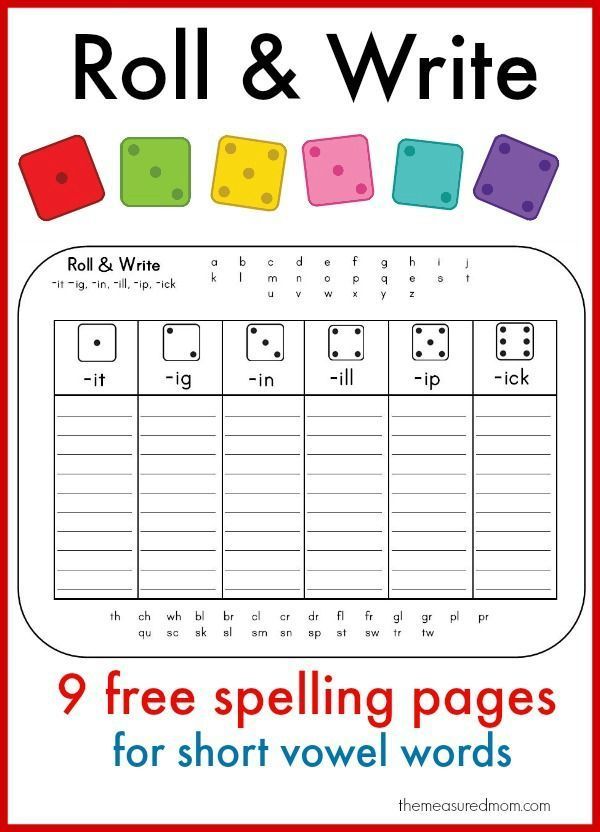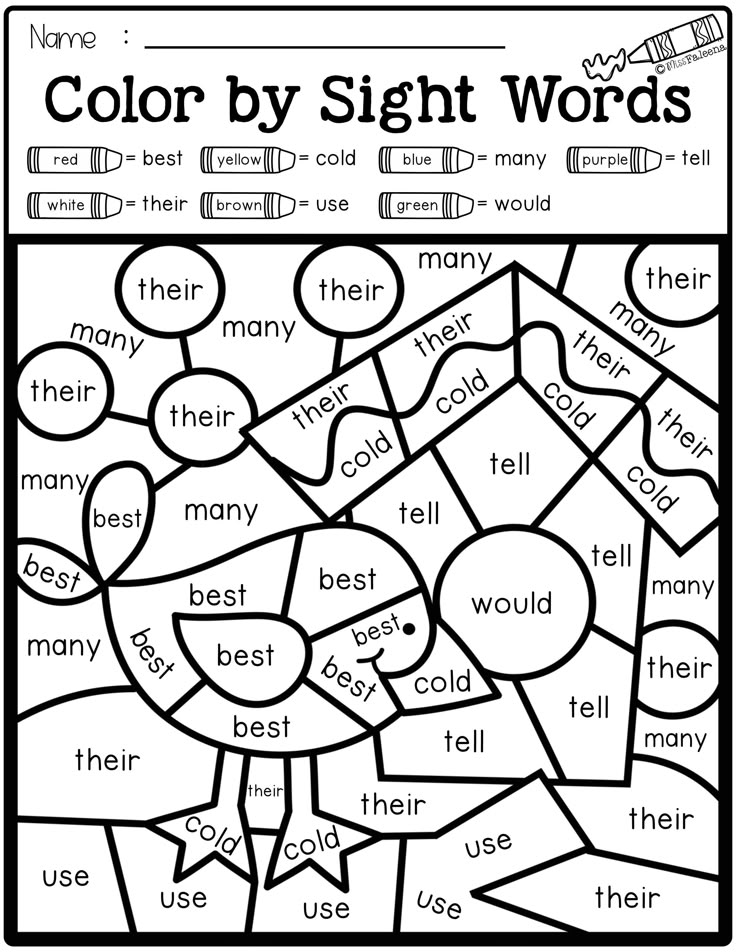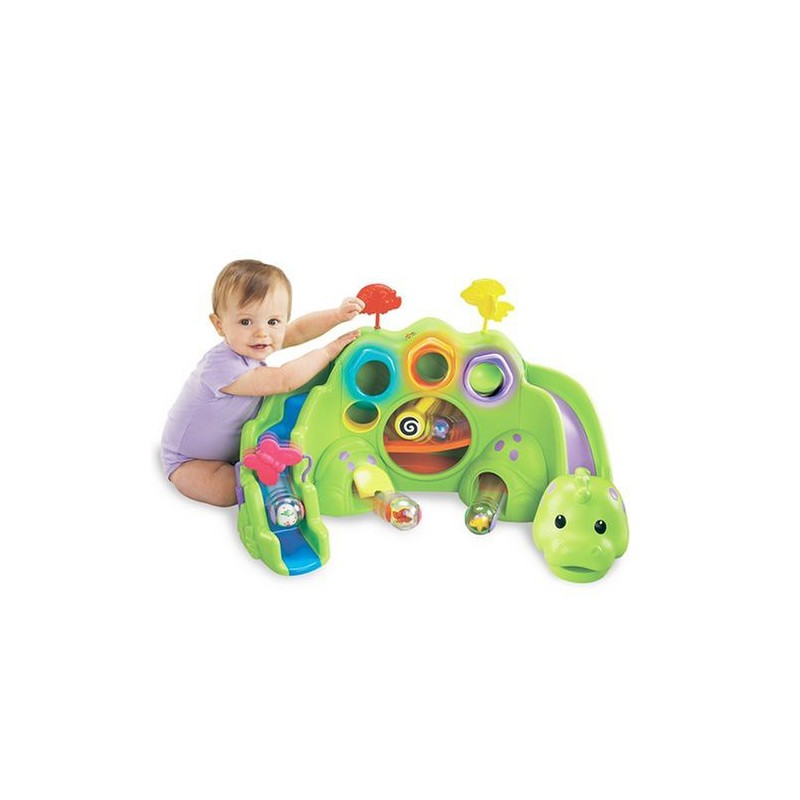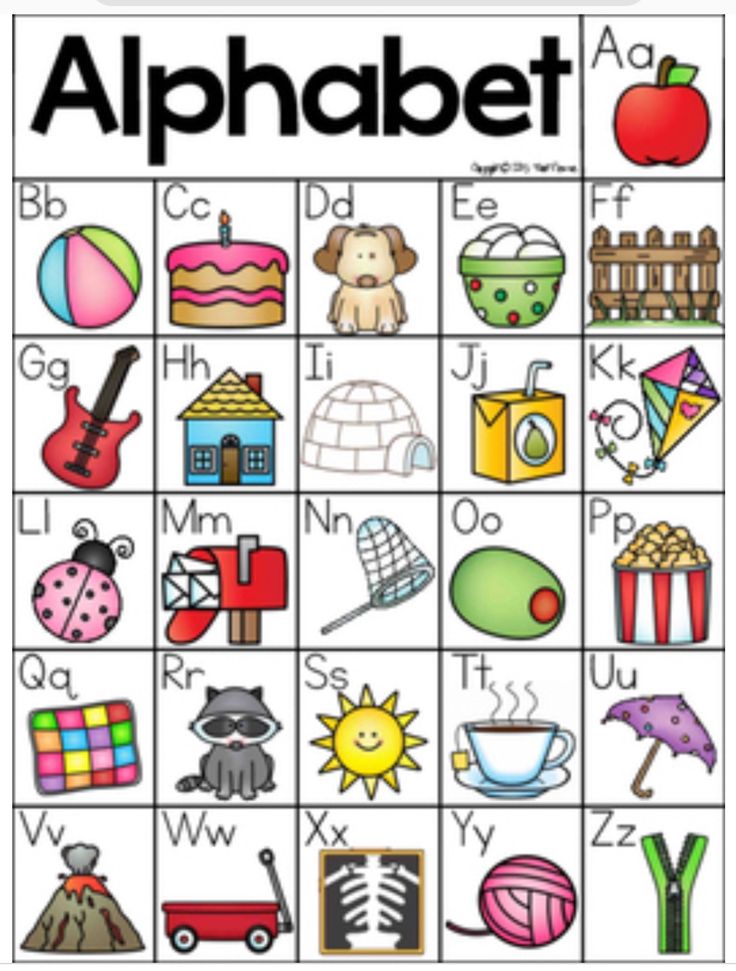How to become a better reader for students
How To Become A Better Reader: 12 Smart Strategies
If you’re already consuming great books, learning how to become a better reader is the next logical step.
While it’s fine to read for pleasure, successful people spend time reflecting on good books and bad books. They also put lessons learned from their reading materials, particularly non-fiction, into practice.
This article contains 12 reading strategies that are easy to apply.
(If you’re unhappy with the amount of books you’re getting through, check out my guide to learning how to read more often first.)
Contents
- 1. Frame Reading Books As A Source Of Learning
- 2. Acknowledge Tsunduku
- 3. Create Your Antilibrary
- 4. Read More Than One Book at Once
- 5. Listen to Audiobooks
- 6. Abandon Bad Books
- 7. Join or Start a Book Club
- 8. Take Lots of Notes
- 9. Write Articles About What You Read
- 10. Use Book Summary Services
- 11.
Review Book Notes And Summaries Often
- 12. Ask Peers for Book Recommendations
- Learning How to Become A Better Reader: The Final Word
- Further Reading
- FAQs on Learning How to Become A Better Reader
- Author
1. Frame Reading Books As A Source Of Learning
Reading a cheap or trashy thriller for pleasure is fine if you want to switch off. A good philosophy or business book, on the other hand, should stand as a source of learning or help you solve a problem.
In an interview with the New York Times, Microsoft founder Bill Gates said,
“These days, I also get to visit interesting places, meet with scientists, and watch a lot of lectures online. But reading is still the main way that I both learn new things and test my understanding.”
Gates is not alone. When asked about the secret to his success, Warren Buffett told a body of students about to graduate,
“Read 500 pages…every day.
That’s how knowledge works. It builds up, like compound interest. All of you can do it, but I guarantee not many of you will do it.”
But how can you get through 50, never mind 500, pages a day?
2. Acknowledge Tsunduku
Is your bookshelf teeming with more books than you have time to read? Or do your unread books induce feelings of guilt? That doesn’t mean you’re a bad reader.
You’re simply practicing the ancient Japanese art of tsundoku, that is, buying more books than you’ll ever read. Tsundoku is an indication of a curious mind and means you will always have more books to read. Remember to take a book with you when leaving the house or apartment.
E-readers are handy for this: buy a book in print, annotate the margins, and then read it on the go with your Kindle or other device.
3. Create Your Antilibrary
Lebanese-American investor and author Nassim Taleb believes the books you haven’t read contain more value than the ones you’ve finished.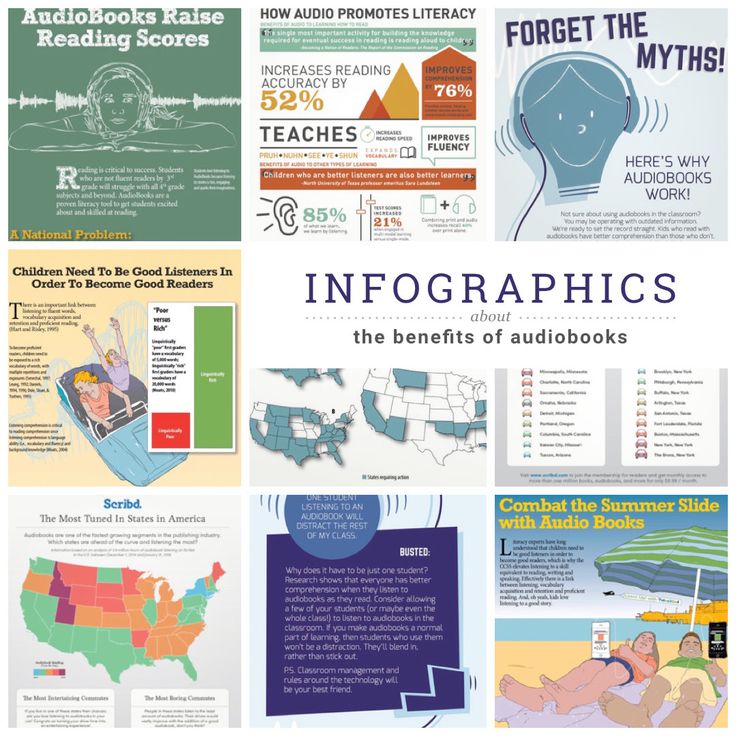
In Black Swan, he tells readers to beware of reading too many books from a list or personal library without replenishing their shelves with unread titles. He calls on us to build a personal antilibrary of unread books.
“The [antilibrary] should contain as much of what you do not know as your financial means, mortgage rates, and the currently tight real-estate market allows you to put there.”
4. Read More Than One Book at Once
Get smarter at reading booksI like keeping two or three books on the go. This practice enables me to switch from one book to the next without getting bored. Reading multiple books means the ideas from the first book mix in weird ways with the ideas from the second book.
The trick is not to read so many books that you find it difficult to get through them. However, if you read more than one book, you’ll always have something to feel excited about picking up. You could read non-fiction in the morning, short essays and articles at lunch, and fiction in the evening.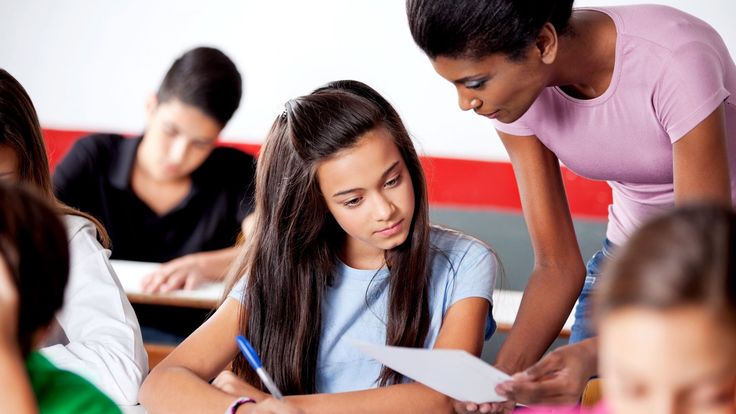
5. Listen to Audiobooks
Audiobooks are a fantastic way of engaging with books in a different way than the written word. For starters, many are narrated by the author. I’ve listened to many an engaging audiobook that was bland in print.
Plus, you can listen to audiobooks while commuting to work, on the train or working out. After you’re comfortable with the format, increase the playback speed to one-and-a-half or even two times normal playback speed.
I particularly like how Amazon’s Whispersync technology enables me to listen to an audiobook on my phone and resume reading it from a Kindle later on.
if you want to learn more about my recommended audiobook service, check out this Audible review.
6. Abandon Bad Books
Oprah famously recommended putting a book down after 50 pages if it’s not enjoyable. I’d caveat that recommendation with “if it’s not enjoyable or useful.”
Start a new book if the old one does nothing for you, and don’t feel guilty about it!
Learning how to become a better reader often means cultivating the discipline to skip or pass up bad books or bits you don’t find useful.
Angel investor Naval Ravikant says he doesn’t usually read a book from cover-to-cover. Instead, he skips around from chapter to chapter focusing only on the sections that interest him.
7. Join or Start a Book Club
It’s one thing to say you understand an idea, but it’s quite another to explain it to someone else.
Book clubs are great for circumventing this problem, as participants must talk at length about what they liked, disliked, agreed and disagreed with. Some book clubs have a formal agenda with talking points and questions, while others are more of a casual chat between like-minded readers.
Participants may encourage each other to read books they otherwise would have skipped. You could start a book club over Zoom, WhatsApp or in-person.
8. Take Lots of Notes
Prolific readers reflect on the books they read by writing journal entries about them, creating mind maps and building up a file (or Zettelkasten) of ideas related to these books.
Taking notes is one of the best ways to increase your reading level, as it forces you to engage with the materials. This practice is also helpful for learning new words.
Bill Gates told Time magazine he spends more time on books he dislikes and disagrees with because he writes arguments and counterpoints in the margins.
If you’d like start this habit, use your Kindle to highlight new words and then send them to your email later on.
9. Write Articles About What You Read
The written word forces an understanding of the topic at hand.
It’s one thing to read the end of a great book, but it’s quite another to summarize the key insights then turn them into an article that people read.
I typically mind map the key ideas from a great book or write a series of short entries about the book’s key ideas in my personal Zettelkasten or Slipbox in Day One. I also try to write about ideas from the books I finish.
10. Use Book Summary Services
Despite what people say on social media, popular book summary services like Blinkist aren’t a complete replacement for reading.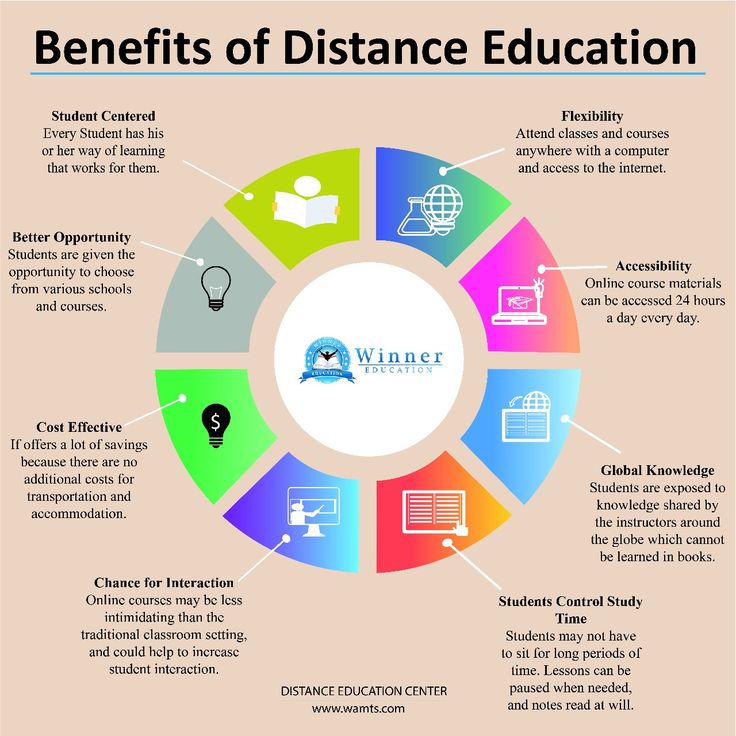 After all, we read for enjoyment and learning.
After all, we read for enjoyment and learning.
However, these book summary services are beneficial if you want a refresher about key ideas from a book you finished a while ago but don’t have time for re-reading.
It’s also instructive to compare personal book notes with third-party book summaries, so you can assess if you missed any important points.
11. Review Book Notes And Summaries Often
It’s not enough to write book summaries and take notes in the margins of reading materials. The magic happens when you combine insights from current books with books finished years ago — it’s called combinational creativity.
Thankfully, surfacing old book notes and summaries is easier than ever. The service Readwise, for example, syncs with Kindle, Instapaper and Pocket and highlights and surfaces old ones once a day for review. I like this service, as I often come across an old insight from a book I read years ago that relates to a new problem.
12. Ask Peers for Book Recommendations
In an interview with Time, Gates cited Business Adventures by John Brooks as one of his favorite reads of all time.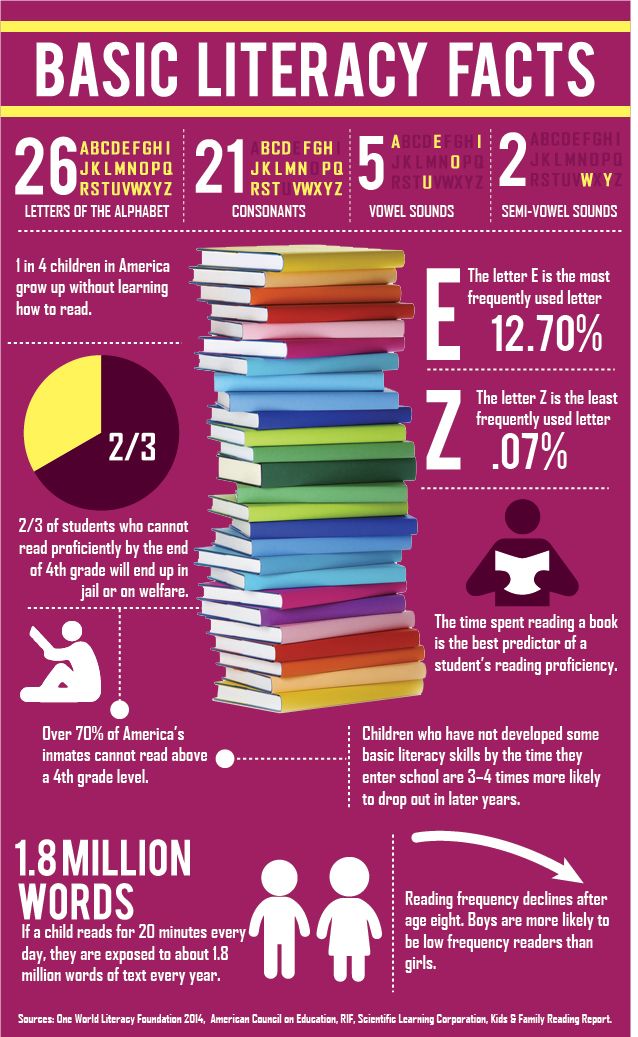 He said:
He said:
[Business Adventures] is a collection of Brooks’s New Yorker essays about why various companies succeeded or failed. The essay titled “Xerox Xerox Xerox Xerox” should win an award for most clever chapter name, and the lessons inside the book are even better. I took inspiration from it while running Microsoft.
Bill Gates
You might not be able to run your purchases past Gates or Buffett before clicking “Buy now” on Amazon, but you can use their public reading lists to inform which business books you pick up next.
Gates keeps a running list of books he recommends on Gatesnotes, while Valuewalk (or a simple Google search) reveals Buffett’s choices of great books.
Learning How to Become A Better Reader: The Final Word
Anyone with basic education and the right supports can develop the reading level of a high-school student. However, good readers don’t stop there. They spend time honing their reading skills beyond simple consumption.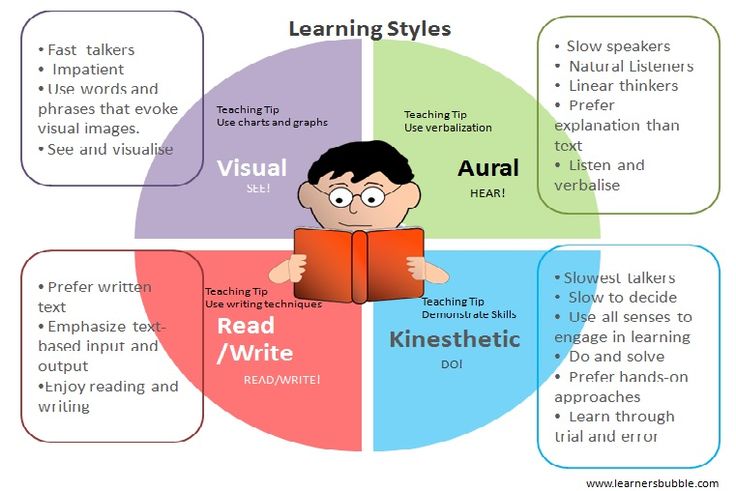
They pick subject matter because it’s educational and not just entertaining. Good readers reflect on what they read and put ideas from the written word into practice. Sure, these reading habits are more time-consuming, but they help readers internalize good ideas and discard bad ones.
And that’s key for anyone who wants to become a better reader.
FAQs on Learning How to Become A Better Reader
How do you get better at reading?
You can become better at reading by reading a little bit every day. At first, it could be a short article or a thriller book. Later on, try more complicated and involved reading materials like philosophy or literature. It’s also good practice to take notes about the books you read and put ideas from them into practice.
What skills does a good reader need?
A good reader should have a basic grasp of vocabulary, fluency, and basic sentence structure. They should also possess a curious mind. They must be willing to juggle competing ideas from different books and writers and disregard what doesn’t work. Today good readers also need to cultivate an ability to focus, as social media, email, and the news all are often distractions from reading.
Today good readers also need to cultivate an ability to focus, as social media, email, and the news all are often distractions from reading.
Does reading make you smarter?
According to numerous academic studies, the written word is linked to improved vocabulary, general knowledge, and verbal skills. It can also aid with abstract reasoning abilities.
Join over 15,000 writers today
Get a FREE book of writing prompts and learn how to make more money from your writing.
Powered by ConvertKitAuthor
How To Become a Better Reader in 12 Ways
How to become a better reader is a question usually asked by many in order to achieve their reading goals. Everyone wants to read more and unsurprisingly, to get more from their reading experience.
On top of being a very relaxing activity, reading can have a ton of health and intellectual benefits. We all know it enriches our minds, helps us achieve more in many aspects of our lives and plays a critical role in our development.
Whether you want to become a better reader just so you can improve your reading rhythm and experience or you need to start having better reading habits and efficiency for school, you will probably find all your answers here.
Table Of Contents
- What defines a good reader? / What are the qualities of a good reader?
- What is a poor reader?
- How to become a better reader?
- How long does it take to become a good reader?
- Bottom line
What defines a good reader? / What are the qualities of a good reader?
If you’re wondering how to be a good reader, it’s important to know what a good reader is and does. So what does it really mean to be a good reader? Well, it’s an apparently simple question, but with a rather complex answer. Despite what some might think, being a good reader is not only someone who reads a lot and fast.
A good reader is actually the sum of a number of specific characteristics. Reading speed, level of comprehension, depth of understanding of the written text, all contribute to making a good reader.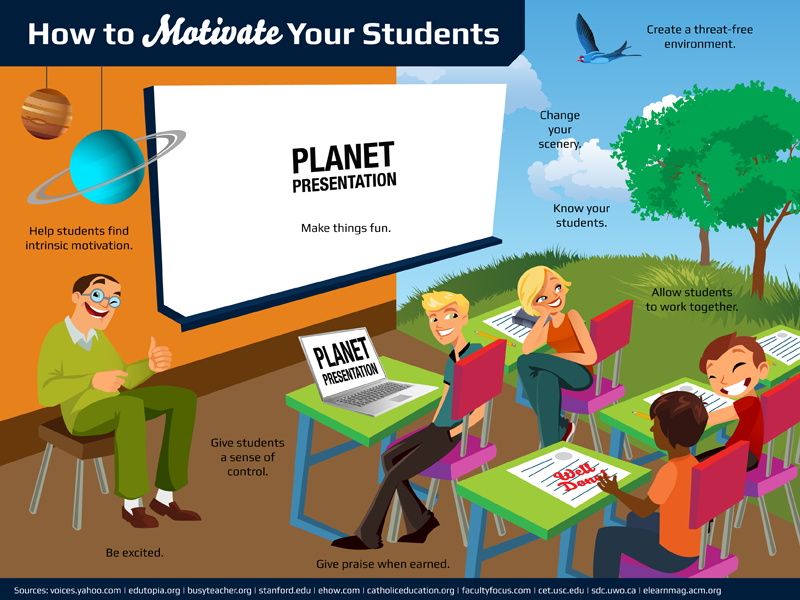
Let’s have a look at some of the most important qualities of a good reader as part of answering your question “how to be a better reader?”
Reads constantly
Someone who is considered a good reader takes reading seriously. That means they will read constantly, will always be in the middle of a book or continuously looking for the next one.
Having a daily reading routine is an important characteristic of a good reader. By being always involved in this activity, they can maintain a good rhythm and they will gain a better understanding of the benefits of reading.
Understands the material but also the hidden meanings of the written material
Reading in itself is very important, but comprehension plays a huge role in the benefits of the experience. A good reader is someone who not only reads more quantity- or time-wise than the average person, it is also someone who can better understand the written text.
What I’m referring to here is not only the simple understanding or decoding of the written language but also a more in-depth comprehension of the text.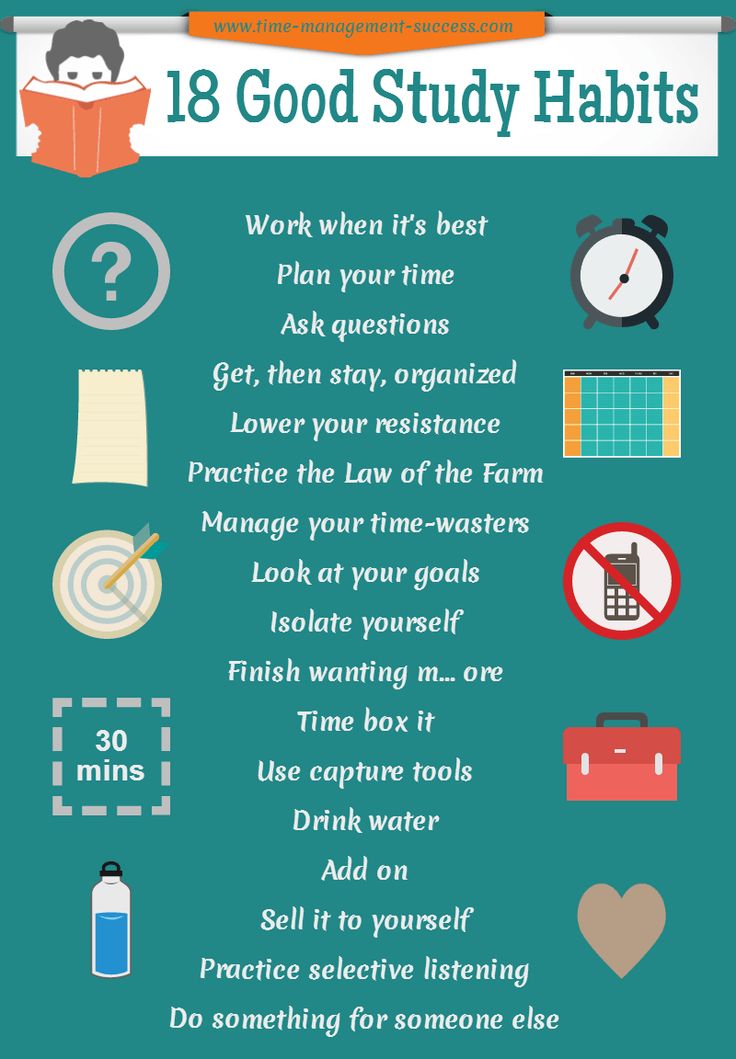 Understanding and enjoying metaphors or other subtle subtexts while reading a book makes a huge difference in enjoying the experience of reading.
Understanding and enjoying metaphors or other subtle subtexts while reading a book makes a huge difference in enjoying the experience of reading.
A good read will catch on to these things and will have a better understanding of the mental process the author has gone through while writing the book.
Remembers the material
What we’re left with after reading a book is different from one person to another. And it makes perfect sense, our brains function differently, we pay attention to different aspects of the text.
Another thing that defines a good reader is the amount of information they remember from the material they go through. Whether it’s basic information about the action taking place in the book, character names, or even more specific details like the timeline of the action, a good reader will remember more than the average person after finishing a book.
As I mentioned above, a good reader will catch on to a lot more details than the average reader. Not only that, but she will also remember a lot of that subtext, writing style and metaphors from a book.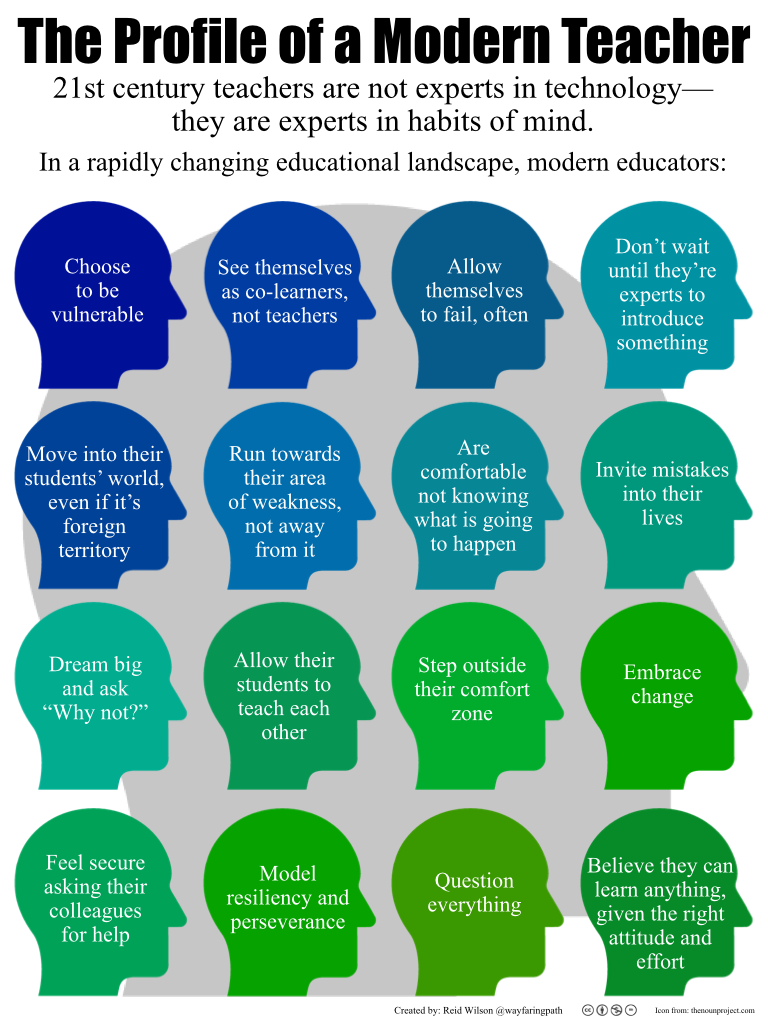
Can apply lessons learned from books
On top of being a great pass-time activity and a healthy habit, people also learn a lot through reading. And I am not referring just to the basic information we get from books, I am also referring to life lessons.
Reading a book with an interesting storyline about some real or fictional character who goes through experiences we couldn’t have imagined can give us really powerful insights into the lives of others.
Whether the lesson is to always value each day spent with the people we love (Bridge to Terabithia), or the power of resilience (The Glass Castle), pretty much all books teach us really important things.
What sets the good readers apart is their ability to identify, understand and later even apply the lessons they get from books to their own experiences.
Identifying similar situations and being able to make the connections and apply this knowledge gathered through reading is a sign of great intelligence.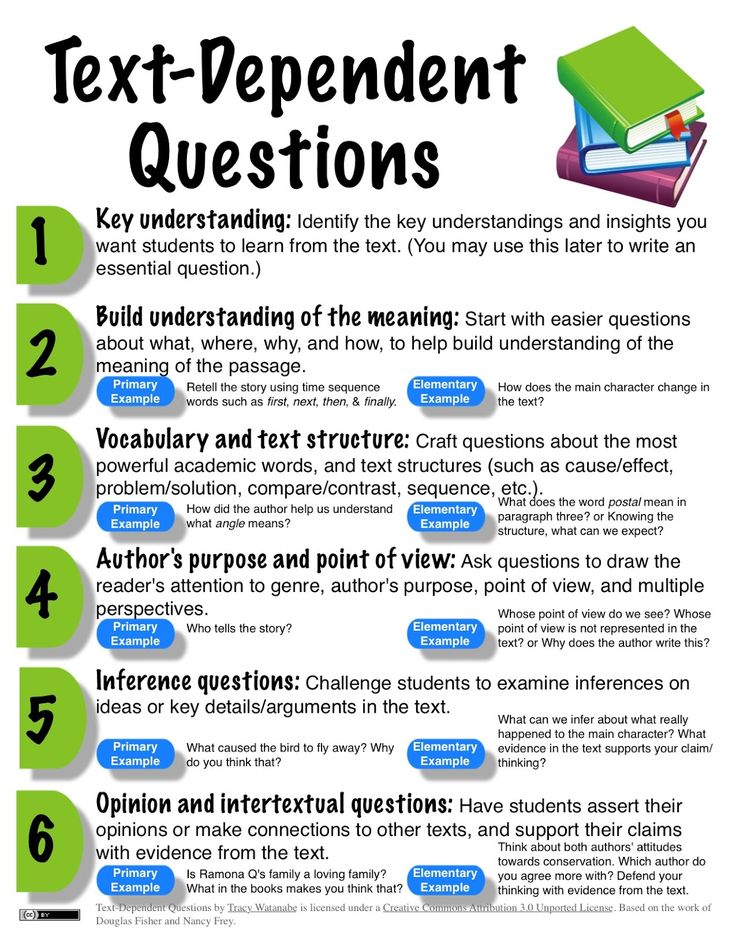
Notices and appreciates good writing
Another big difference between an experienced, good reader and the average person is the level at which the former can understand and appreciate the author’s talent and writing style.
Nuances and the personal style of the writer are things that many readers don’t pick up on at first.
Having already read many books written by different authors, the good reader can easily identify and understand different writing styles and has a different appreciation for a well written text.
Metacognition — thinking about thinking
Metacognition is defined as a person’s ability to be aware of its own thought process. Sounds a bit complicated, but it really isn’t. This awareness of one’s thought process actually refers to a wide range of conscious mental abilities including:
- Planning how to approach a learning task
- Monitoring one’s comprehension of text
- Reflecting on the way of thinking of different people
- Knowing when to apply certain strategies and how to use already possessed knowledge
In the context of understanding what sets a good reader apart from an average one, the main thing we need to take into account when it comes to metacognition is the reader’s ability to think critically about their own comprehension of a text.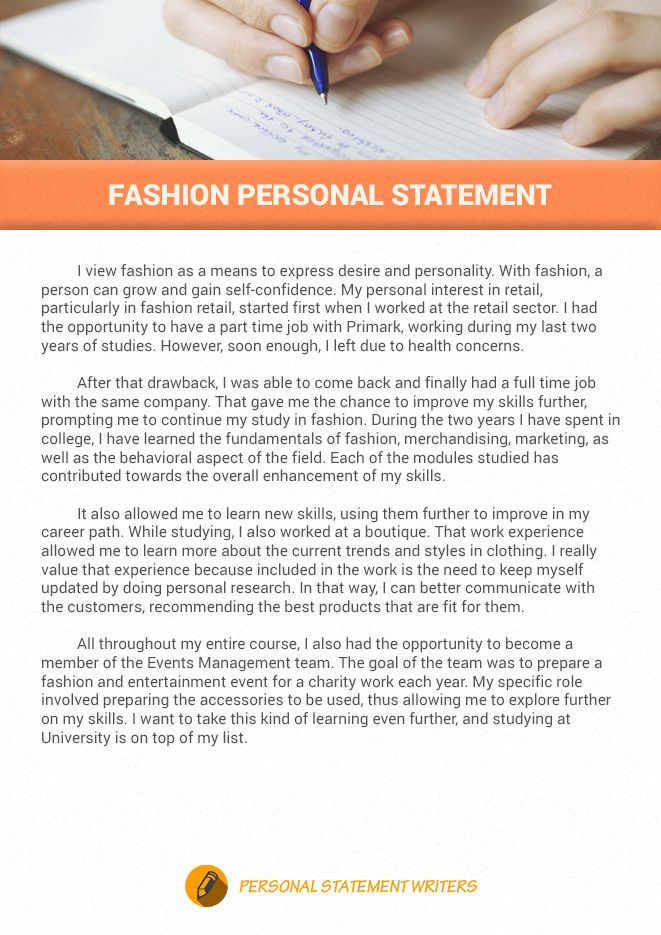
Through metacognition, a good reader will have a better idea about the level at which she is able to understand what she is reading. She will therefore know when she needs to re-read a certain part or do her own separate research about the topic, leading her to have a much better understanding of the novel she’s reading.
Visualize what they read
Being able to visualize the characters or the action in a novel plays a very important role in enjoying and understanding a book.
While it comes easy to certain people to see in their mind’s eye everything and imagine their own visual version of a book, others struggle to do so.
Luckily, this skill can be improved and the imagination can actually be trained. You guessed it right, it can be done through reading. Exposing yourself to a variety of scenarios, descriptions of characters and storytelling will increase your ability to visualize what you read.
An experienced reader will have a great ability of visualizing what she reads and the reasoning can go either way.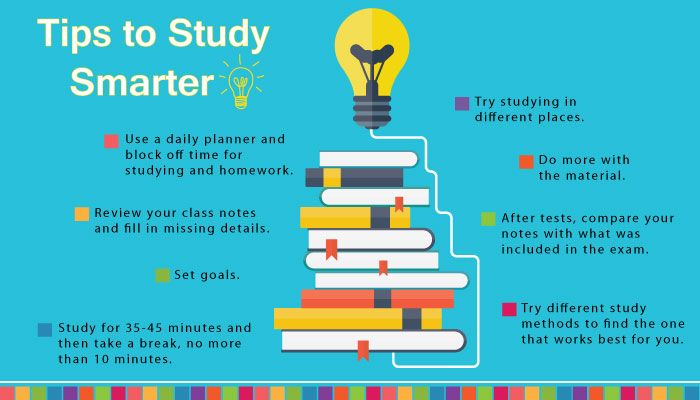
If visualizing is a natural ability she was born with, it could be part of the reason why she is a good reader. Being able to visualize what you read and play it in your mind like a movie can make reading a lot more enjoyable and can push you to read more.
The alternative would obviously be that her imagination is a result of her extensive reading through which she actually trained this skill, which means that being a better reader has helped her visualize better what she reads.
Ready to take your reading game to the next level?
Try Basmo book tracker today!
It’s 100% free to download, so what have you got to lose?
What is a poor reader?
Part of knowing how to become a good reader is knowing what a poor reader is.
While it would be easy to say that a poor reader is everything a good reader isn’t, things are actually a bit more complicated than that.
The concept of a poor reader usually refers to students who have a reading level (speed and comprehension) that is below the average of other students their same age.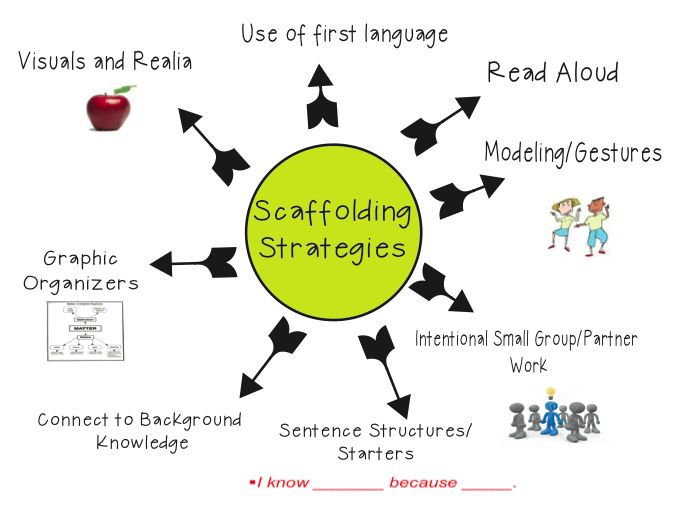
When it comes to people above school level, being a poor reader mainly translates to having one or more of the characteristics below.
Unable to decode the writing and understand what they read
Being a poor reader could mean that a person has trouble understanding written text. This doesn’t mean that she is unable to read, just that getting the written message through is a bit more difficult for her than it is for other people.
Following the storyline or understanding references in a novel could be challenging, especially if the book is a tougher read.
Luckily, this can usually be easily fixed by reading a bit more. Slowly increasing the volume and the time spent reading can be highly beneficial for poor readers who struggle with having a hard time understanding the text as quickly as they are able to read it.
Bad fluency / slow reader
Being a slow reader and having bad fluency is also usually a sign of being a poor reader. Bad fluency basically means that the person will have a hard time maintaining a constant rhythm while reading and will usually mentally vocalize everything she reads.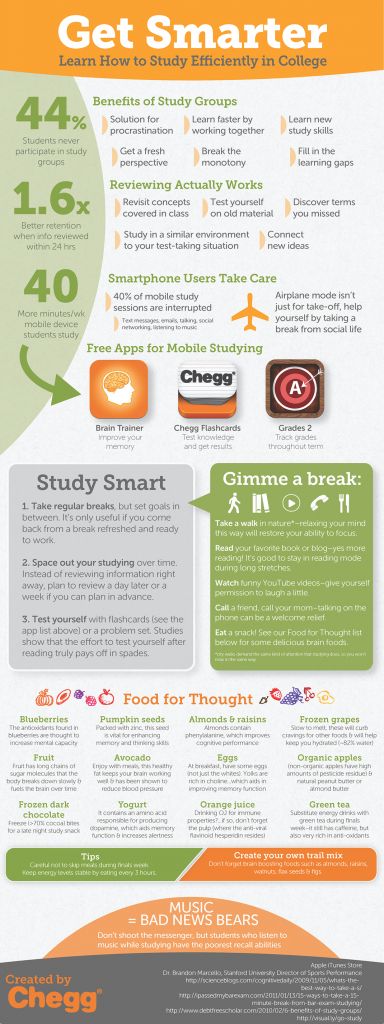
Mentally vocalizing text is a common issue among readers and even though it’s not always an issue, it is known to slow down most people and decrease reading speed.
Practice makes perfect though. Bad fluency and slow reading speeds can easily be fixed through exercise. Actively making an effort to stop vocalizing and maintaining a daily reading routine can work wonders for people facing this issue.
Can’t distinguish between good writing and bad writing
Unlike good readers, poor readers will often miss out on subtle metaphors, won’t appreciate a well written text and will have a hard time identifying different writing styles.
Making a big enough effort reading, following the storyline and understanding the more literal parts of the writing, an inexperienced reader is unlikely to appreciate the quality of the text.
Skimming or reading too fast
Another common issue for the poor reader is being unable to pay attention or be patient enough to go through the text in-depth.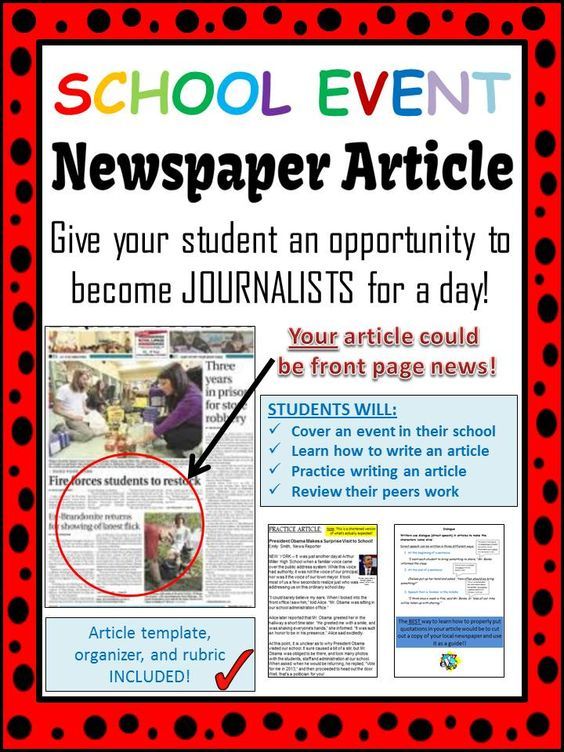 Skimming or reading too fast will allow readers to go through novels quickly, but will often lead to them missing out of a huge amount of details.
Skimming or reading too fast will allow readers to go through novels quickly, but will often lead to them missing out of a huge amount of details.
Being in a hurry to finish a book and going through it too fast is rarely a good idea. Unlike good readers, poor ones won’t know when it’s time to slow down their reading in order to be able to keep up with the action or details.
Re-reading certain paragraphs for a better understanding of the text is sometimes essential, and through active practice and maintaining a certain awareness while leafing through novels, even poor readers will slowly understand the importance of a thorough read.
How to become a better reader?
Now that we have a better understanding of good and poor readers and the main differences between the two, let’s have a look at some of the best ways you can become a good reader.
Contrary to popular belief, simply forcing yourself to read more doesn’t necessarily make you a good reader. There’s a bit more to becoming a good reader.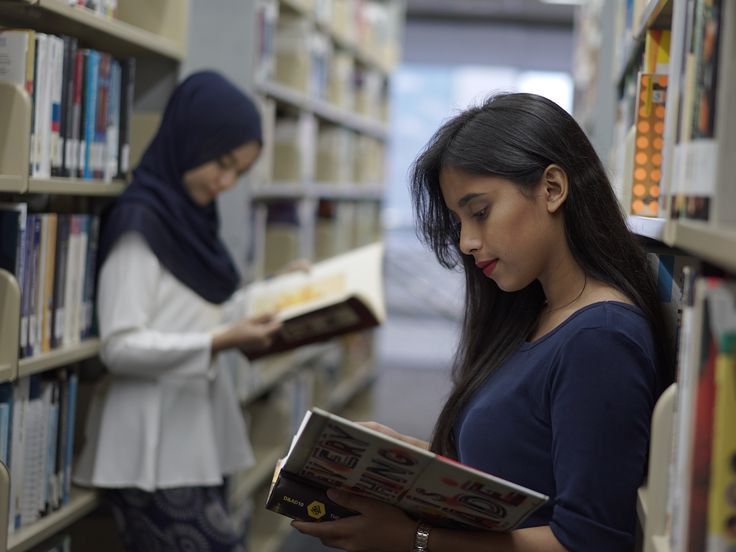 Actively trying to improve your speed, the volume and how organized you are will play a huge role in improving yourself.
Actively trying to improve your speed, the volume and how organized you are will play a huge role in improving yourself.
So how to become a better reader? Here’s a couple of things you should keep in mind.
Don’t be afraid to stop reading a book you don’t like
We’re all somewhat trained to see it as a failure whenever we don’t finish reading a book. That’s because we’re used to mandatory reading lists from school, writing book reports and even being tested on the books we read.
Luckily, being an adult comes with the great advantage that we don’t really need to answer to anyone.
And sometimes, if you don’t like a book, it’s probably best if you just leave it. Forcing yourself to read something that doesn’t appeal to you is likely to do you no good. Learn when it’s time to let go and instead of wasting time, choose a different novel that you enjoy reading.
Set aside time to read books that are more demanding
Not all books are the same, and not all authors have the same style of writing.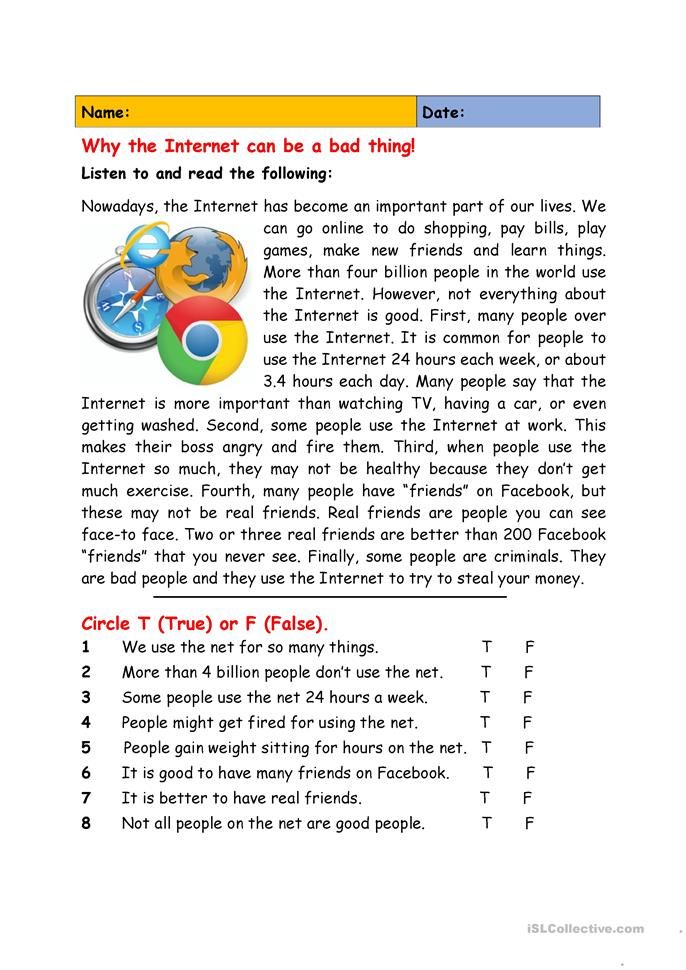 While some are relaxing and easy to read, others can be a bit more demanding.
While some are relaxing and easy to read, others can be a bit more demanding.
From time to time, it’s a good idea to make an extra effort and read something you consider a tougher read. It will help you evolve, it will make you a better reader and it will give you a sense of accomplishment once you manage to finish it.
Also, more demanding books are usually more rewarding as well. Taking the time to read a difficult novel could turn out to be a great experience in itself and it can also benefit you in a number of ways, from the way it improves your reading to the life lessons you learn from its content.
Read actively / critically / don’t skim
Active or critical reading is the process of reading with a clear intention of understanding the content and evaluating its value and relevance to your needs.
Constantly engaging in active reading basically means you would always pay extra attention to the material you’re reading, trying not only to go through it, but also to understand it.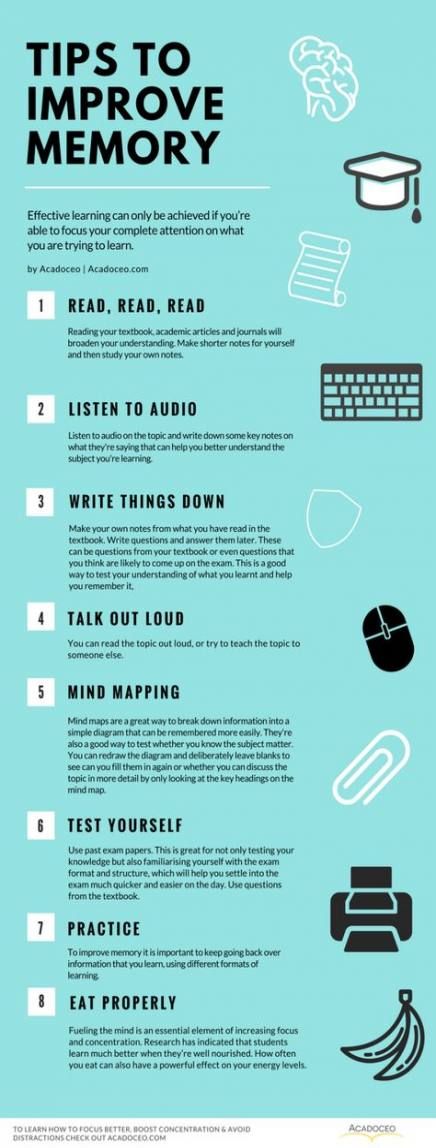
Being more involved in the process of reading will in turn make you a better reader.
Keep a dictionary close to you
Part of reading actively is understanding everything you read, meaning you should also pay close attention to new words you discover.
Instead of only understanding the meaning of the new words from context, we encourage you to look up these new words in a dictionary, whether you do it on your phone or the classic way.
This will help you enrich your vocabulary and you are a lot more likely to start using new words once you fully understand their meaning.
Always have books nearby
Pretty much a golden rule when it comes to reading, having a book next to you has the potential of helping a lot in your process of becoming a better reader.
You never know when you’ll be in the mood to leaf through a couple of pages or simply when you’ll have a couple of minutes for yourself.
Surrounding yourself with books that interest you will determine you to read more, which plays a massive role in aiding you to become a better reader.
Always have a reading list / have a plan for your reading
A good read doesn’t only think about the book she’s reading, but also about the books she will read once the current one is finished.
You should always have an updated reading list you can strike through or add titles as time passes.
Having a reading list is important for your goal of becoming a better reader. It allows you to create and easily update reading lists, so that you always know what your next book should be.
With Basmo, creating your list only takes seconds and is done in just a couple of taps.
To get this done, you need to simply follow the steps below:
- Access the basmo app on your mobile device.
- Scroll down to Book Collections.
- Access the Want to Read list.
- Start adding titles to if from the + sign in the top right corner.
Ready to start creating your reading list?
Try Basmo book tracker today!
It’s 100% free to download, so what have you got to lose?
Read what you want, not what you think you should
As an addition to the idea of giving up on a book if you started reading it and you don’t like it, the same rule should apply to books you haven’t started yet but dread the thought of reading.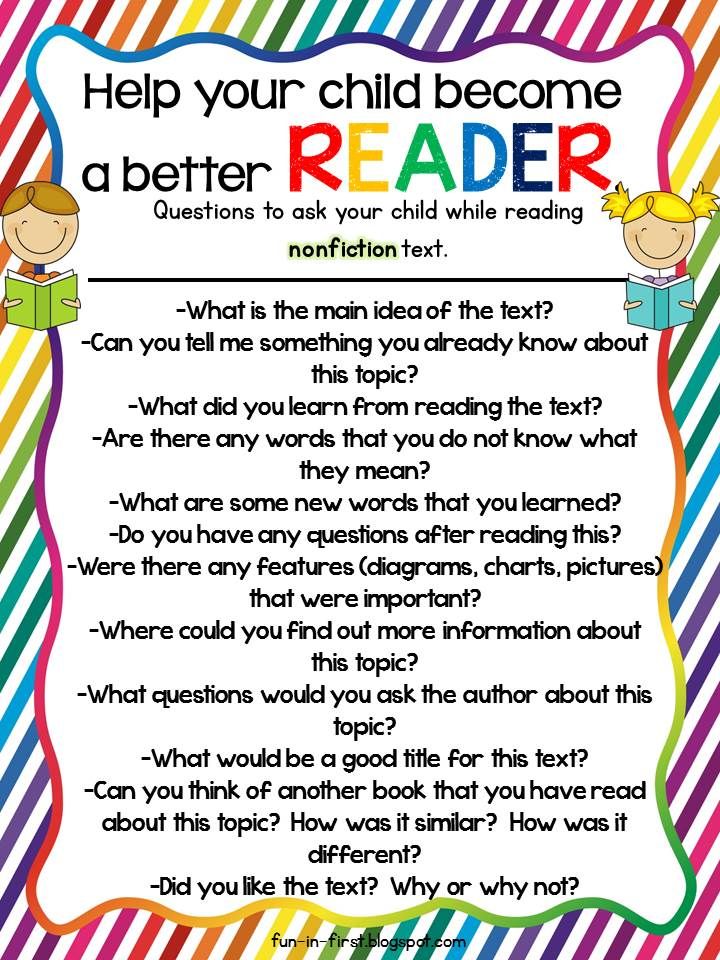
If a certain book doesn’t appeal to you, skip it regardless of online reviews or what other people think about it.
Read what you want and what you like. That way you will read more and you will enjoy the experience a lot more.
Create a nice reading environment
A good reader knows how important the environment is for a good reading experience. A cluttered desk is said to be a sign of a cluttered mind. And despite Albert Einstein’s epic comeback, I tend to agree.
When it comes to reading, letting go of the outside world is important. And you can’t really do that in a dirty room, with your children singing loudly in a corner or with the TV turned up.
Create your own reading space, surround yourself with a pleasant environment and disconnect from the outside world. Engage more actively in your reading instead and the benefits will come soon.
Plan your reading sessions
On top of having a nice environment for reading, equally important is to have your reading sessions planned.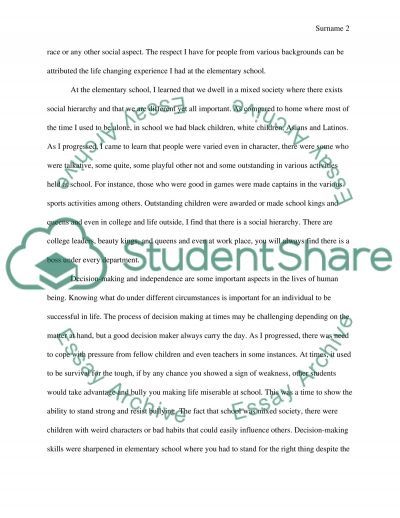 Having a schedule for your reading will help you take things to a different level.
Having a schedule for your reading will help you take things to a different level.
While for many it would be enough to simply read as often as they can, for an avid reader who is looking to improve their skills, planning and scheduling are crucial.
Having a time of day reserved for reading and making this a habit will help tremendously.
If you think that’s a difficult thing to do, keep in mind that an app like Basmo can make things a lot easier for you.
Basmo allows you to set your own schedule, set reminders to never miss out on reading sessions and even set reading goals.
To set a daily goal for your reading sessions, following these steps is all you need to do:
- Open the Basmo app on your mobile device or tablet.
- Go to the Goals tab at the bottom of the screen.
- Tap on Adjust Goal.
- Select the number of minutes you want to read every day.
- Tap Done.
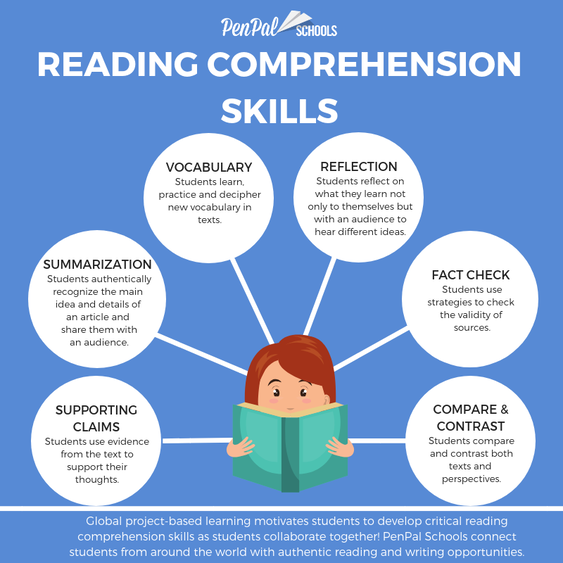
Join a reading club or a reading challenge
Sometimes joining a reading club or a reading challenge can help your growth as a reader tremendously. Being part of a community with a common goal will determine you to push your limits.
You will read more, you will probably go outside of your comfort zone when it comes to the books you will read and you will be guaranteed to gain a lot from the whole experience.
Have a reading journal/make notes about what you read
Writing down your thoughts can make the process of active or critical reading a lot more effective. You’re not only thinking about what you read, but you also put down your thoughts in writing, engaging a completely different part of the brain.
This makes the whole process more complex and the experience a lot more fulfilling, making you a better reader. And the best thing about it is that you can actually use an app like Basmo to make the activity smoother and easier.
To start your reading journal, simply follow these steps:
- Open the Basmo App
- Start a reading session by searching for the book you’re reading and tapping on Start Session
- While the reading session is ongoing, you can add your thoughts about the text by tapping directly on the screen
Use a reading app
As I was saying, using a reading app nowadays can have many benefits for you and can be the answer to many things, including your question “how to become a better reader?”.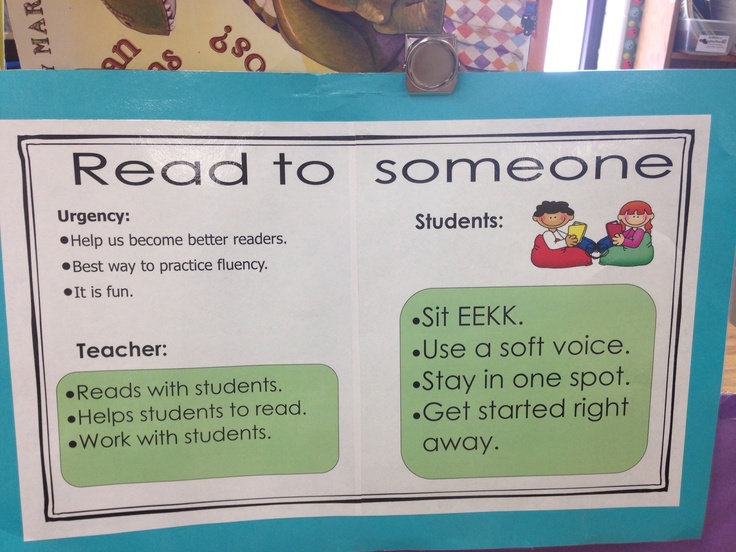
Let’s take a quick look at the features that make Basmo a great reading app and a great tool for you
- It allows you to keep track of the books you read, have read of want to read in the future
- It helps you track your reading sessions, time spent reading or number of pages read
- It allows you to keep a reading journal
- It makes it easy for you to set reading goals and reach your goals
- It helps you create reading lists
Basmo is available on most mobile devices and tablets, it’s very easy to use and as soon as you start including it in your reading routine, you will honestly wonder how you lived without it for so long.
How long does it take to become a good reader?
As much as I would like to give you a straight answer to this one, the truth is it really depends. It depends on what your goal is as a good reader first of all. It is up to you to decide when you consider yourself to be a good reader.
It also depends on how much time and effort you put into it.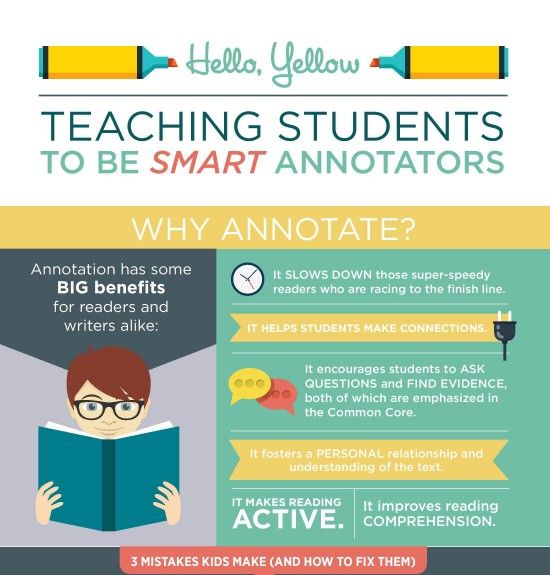 The more you work, the faster you will achieve your goals, regardless of what they are.
The more you work, the faster you will achieve your goals, regardless of what they are.
Bottom line
In conclusion, being a good reader is basically a sum of a huge number of qualities and characteristics. Becoming a good reader can be a tedious journey, depending on your goals and the time and effort you are willing to put into achieving your goal.
Luckily, you can always get help. Basmo is here for you whenever you decide to read more or become a better reader.
With a plethora of functionalities especially designed with your needs in mind, our easy-to-use app will definitely improve your reading experience and efficiency tremendously.
Track the books you read, monitor the time you spend reading and keep notes on your reading habits and how it makes you feel. You can set yourself targets for the time you spend reading and you can get notified whenever you’re behind on your reading time.
People vector created by pch.vector – www.freepik.com
Nabokov.
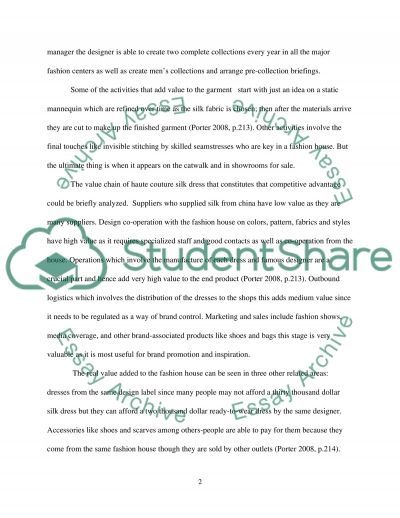 How to become a good reader: storytelling_ru - LiveJournal "How to become a good reader" or "About a good attitude towards the author" - something like this subtitle would suit these heterogeneous arguments ... A hundred years ago, Flaubert wrote in a letter to his mistress: "Comme l'on serait savant si l'on connaissait bien seulement cinq a six livres" - "What kind of scholar could one become if one knew five or six books properly?"
How to become a good reader: storytelling_ru - LiveJournal "How to become a good reader" or "About a good attitude towards the author" - something like this subtitle would suit these heterogeneous arguments ... A hundred years ago, Flaubert wrote in a letter to his mistress: "Comme l'on serait savant si l'on connaissait bien seulement cinq a six livres" - "What kind of scholar could one become if one knew five or six books properly?" The reader must notice the details and admire them. The cold light of generalization is good, but only after all the little things have been carefully collected in the sunlight. To start with a ready-made generalization means to start at the wrong end, to move away from the book without even beginning to understand it. What could be more boring and unfair to the author than, say, taking on Madame Bovary, knowing in advance that the bourgeoisie is denounced in this book. We must always remember that in every work of art a new world is recreated, and our main task is to get to know this world in as much detail as possible, which is revealed to us for the first time and is in no way directly connected with those worlds that we knew before. This world needs to be studied in detail - then and only then start thinking about its connections with other worlds, other areas of knowledge.
This world needs to be studied in detail - then and only then start thinking about its connections with other worlds, other areas of knowledge.
Now another question: is it possible to extract information about countries and their history from novels? Does anyone else naively believe that one can learn something about the past from those plump bestsellers that book clubs peddle us at every turn under the guise of historical novels? Is it possible to trust that picture of landed England with baronets and garden architect "Bleak House", fantastic scenes against the backdrop of fantastic London - can it be considered an outline of the life of London a hundred years ago? Of course not. The same applies to other novels. The truth is that great novels are great stories, and the novels in our course are the greatest stories.
Time and space, colors of the seasons, muscle movements and thoughts - all this (as far as one can judge, and it seems to me there is no mistake) for a writer endowed with a high gift, not traditional concepts extracted from a public library of common truths, but a series of unique discoveries for which the ingenious master managed to find a unique way of expression.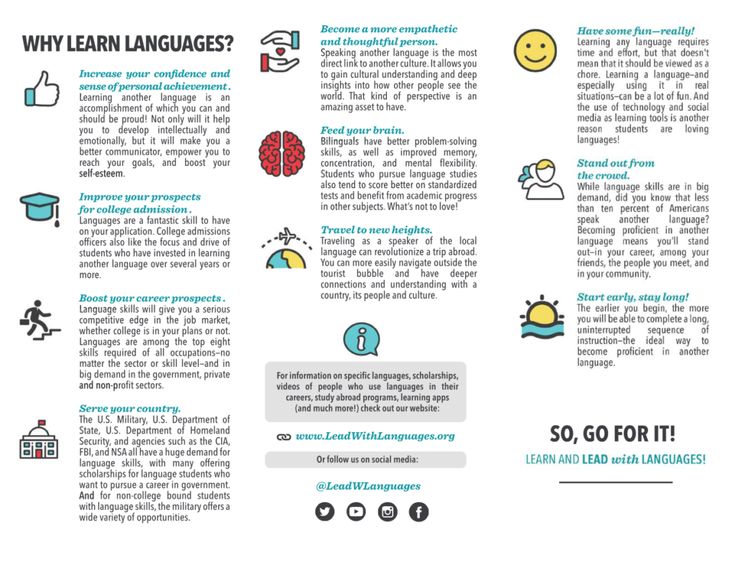 The job of the average writer is to paint clichés: he does not aim to reinvent the world, he only tries to get the best out of the routine, out of the patterns of fiction tried by others. The various combinations that the average writer is able to arrange within predetermined limits are not without a kind of fleeting charm, because the average reader likes to have their own thoughts presented to them in an attractive shell. But a real writer who makes the planets turn, sculpts a man and, while he sleeps, mercilessly crushes his rib - such a writer does not have ready-made values: he must create them himself. The art of writing is a worthless thing if it does not presuppose the ability to see the world primarily as a pantry of fiction. If the matter of this world is real (as far as reality is possible at all), then it is by no means an integral given: it is chaos to which the author says: “Start!” - and the world begins to flash and melt. It has changed in its very atomic composition, and not just in its superficial, visible parts.
The job of the average writer is to paint clichés: he does not aim to reinvent the world, he only tries to get the best out of the routine, out of the patterns of fiction tried by others. The various combinations that the average writer is able to arrange within predetermined limits are not without a kind of fleeting charm, because the average reader likes to have their own thoughts presented to them in an attractive shell. But a real writer who makes the planets turn, sculpts a man and, while he sleeps, mercilessly crushes his rib - such a writer does not have ready-made values: he must create them himself. The art of writing is a worthless thing if it does not presuppose the ability to see the world primarily as a pantry of fiction. If the matter of this world is real (as far as reality is possible at all), then it is by no means an integral given: it is chaos to which the author says: “Start!” - and the world begins to flash and melt. It has changed in its very atomic composition, and not just in its superficial, visible parts.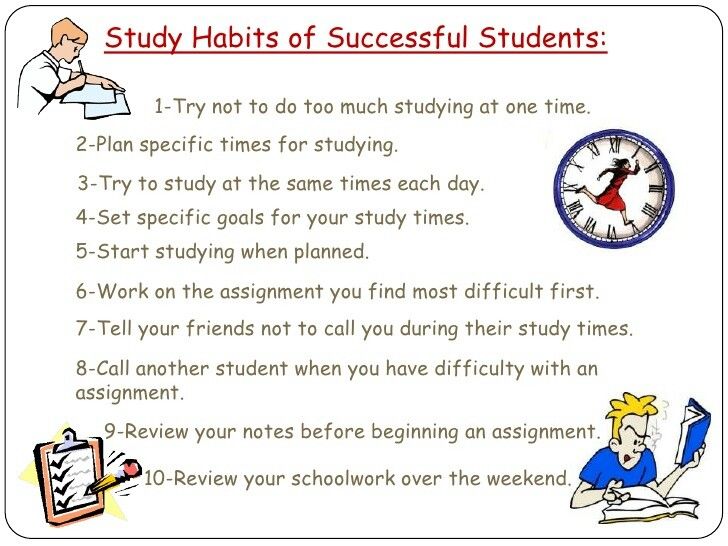 The writer first maps its outlines, gives names to its elements. Here are the berries, they are edible. Over there, in front, someone spotted rushed away - you need to tame him, But that lake behind the trees I will call "Pearl" or - even more refined - "Sewage". This fog will be a mountain - and it must be conquered. The master climbs up the untrodden slope, and there, on the windy peak, he meets - who would you think? - a happy and breathless reader, and they throw themselves into each other's arms, so as not to be parted forever - if the book remains forever.
The writer first maps its outlines, gives names to its elements. Here are the berries, they are edible. Over there, in front, someone spotted rushed away - you need to tame him, But that lake behind the trees I will call "Pearl" or - even more refined - "Sewage". This fog will be a mountain - and it must be conquered. The master climbs up the untrodden slope, and there, on the windy peak, he meets - who would you think? - a happy and breathless reader, and they throw themselves into each other's arms, so as not to be parted forever - if the book remains forever.
In a provincial college, where I was brought during a long lecture tour, I made a small survey. I have offered ten definitions of the reader; the students had to choose four which they thought would make a good reader. The list was touched somewhere, but I'll try to restore it from memory. Choose four answers to the question of what a good reader should be and do:
1. Be a member of a book club.
2. Identify with the hero/heroine of the book.
3. Be interested primarily in the socio-economic aspect.
4. Prefer books that have more action and dialogue.
5. Don't start reading without watching the film adaptation.
6. Be an aspiring writer.
7. Have imagination.
8. Have a good memory.
9. Have a dictionary.
10. Have some artistic taste.
Students unanimously leaned on responsive identification, action, socio-economic and historical aspects. As you no doubt have already guessed, a good reader is one who has imagination, memory, vocabulary and some artistic taste, the latter I intend to develop in myself and in others whenever possible.
I must say that I use the word "reader" quite loosely. It may seem strange, but the book cannot be read at all - it can only be re-read. A good reader, a selective reader who participates and creates, is a rereader.
Now I will explain why. When we read a book for the first time, the laborious process of shifting our gaze from left to right, line by line, page by page, that complex physical work that we do, the spatio-temporal process of comprehending the book itself interferes with its aesthetic perception. When we look at a painting, we don't have to shift our gaze in any particular way, even if it also has depth and development. At the first contact with a painting, time does not play a role at all. And getting to know the book takes time. We do not have a physical organ (such as the eye is in the case of painting) that can absorb the whole at once and then deal with the details. But at the second, third, fourth reading, in a sense, we communicate with the book in the same way as with the picture. Let us not, however, confuse the eye, this monstrous fruit of evolution, with the mind, its even more monstrous achievement. Any book - be it a work of art or a scientific work (the boundary between them is not as clear as it is commonly thought) - is addressed primarily to the mind. Mind, brain, the top of a quivering spine - this is the only tool with which you need to take up a book.
When we look at a painting, we don't have to shift our gaze in any particular way, even if it also has depth and development. At the first contact with a painting, time does not play a role at all. And getting to know the book takes time. We do not have a physical organ (such as the eye is in the case of painting) that can absorb the whole at once and then deal with the details. But at the second, third, fourth reading, in a sense, we communicate with the book in the same way as with the picture. Let us not, however, confuse the eye, this monstrous fruit of evolution, with the mind, its even more monstrous achievement. Any book - be it a work of art or a scientific work (the boundary between them is not as clear as it is commonly thought) - is addressed primarily to the mind. Mind, brain, the top of a quivering spine - this is the only tool with which you need to take up a book.
If so, we must understand how the mind works when a gloomy reader encounters the sunshine of a book. First of all, the gloomy mood dissipates and, full of courage, the reader surrenders to the spirit of the game. It is often necessary to make an effort on oneself to begin a book, especially if it is recommended by people whose tastes, in the secret conviction of the young reader, are boring and old-fashioned, but if such an effort is nevertheless made, it will be fully rewarded. Since the artist used his imagination when creating a book, then its reader should use his own - it will be both right and honest.
First of all, the gloomy mood dissipates and, full of courage, the reader surrenders to the spirit of the game. It is often necessary to make an effort on oneself to begin a book, especially if it is recommended by people whose tastes, in the secret conviction of the young reader, are boring and old-fashioned, but if such an effort is nevertheless made, it will be fully rewarded. Since the artist used his imagination when creating a book, then its reader should use his own - it will be both right and honest.
As for the reader's imagination, there are at least two varieties of it. Let's find out which one is required when reading. The first is rather wretched, feeding on simple emotions and having a distinctly personal character. (This first type of emotional reading, in turn, is divided into several sub-types.) We are acutely aware of the situation described in the book, because it reminds us of something that happened to us or our acquaintances. Or, again, the book turns out to be close to the reader because it evokes in his memory a certain region, landscape, way of life, which are dear to him as part of the past. Or - and this is the worst thing that can happen to the reader - he identifies himself with the character of the book. I would not advise readers to resort to this kind of imagination.
Or - and this is the worst thing that can happen to the reader - he identifies himself with the character of the book. I would not advise readers to resort to this kind of imagination.
What is the only correct tool that the reader should use? It is impersonal imagination and aesthetic pleasure. It seems to me that one should strive for an artistic-harmonious balance between the mind of the reader and the mind of the author. One should stay a little aloof, finding pleasure in this very detachment, and from there with pleasure - turning into passion, tearing up tears and throwing shudders - contemplate the deep fabric of the masterpiece. Of course, there can be no complete objectivity here. Everything of value is always subjective to some extent. I might have dreamed that you were sitting here; Or am I your nightmare. I just want to say that the reader must be able to curb his imagination in time, and for this it is necessary to clearly imagine that special world that the author has placed at his disposal.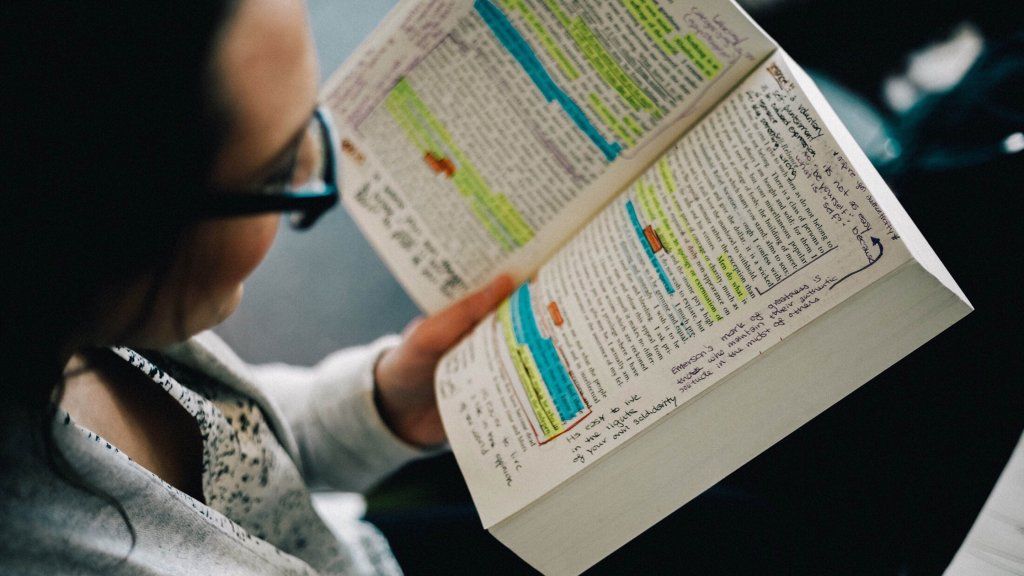 You need to look and listen, you need to learn to see the rooms, clothes, manners of the inhabitants of this world. The color of Fanny Price's eyes in Mansfield Park, the decor of her cold little room - all this is very important.
You need to look and listen, you need to learn to see the rooms, clothes, manners of the inhabitants of this world. The color of Fanny Price's eyes in Mansfield Park, the decor of her cold little room - all this is very important.
Everyone has their own spiritual disposition, and I will tell you right away that the combination of the artistic warehouse with the scientific one is most suitable for the reader. Unrestrained artistic ardor will introduce excessive subjectivity into the attitude towards the book, cold scientific rationality will cool the heat of intuition. But if the future reader is completely devoid of passion and patience - the passion of an artist and the patience of a scientist - he will hardly fall in love with great literature.
Literature was not born on the day when from the Neanderthal valley with a cry: "Wolf, wolf!" the boy ran out, followed by the gray regiment itself, breathing down his neck; Literature was born on the day when the boy came running with a cry: "Wolf, wolf!", And there was no wolf behind him.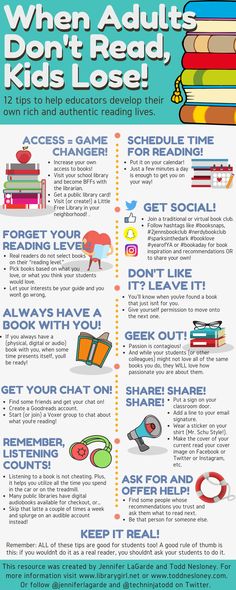 In the end, the poor thing, because of his love of lies, was devoured by a real beast, but for us this is a secondary matter. What matters is something else. Look: between a real wolf and a wolf in fiction, something flickers and shimmers. This shimmering gap, this prism, is literature.
In the end, the poor thing, because of his love of lies, was devoured by a real beast, but for us this is a secondary matter. What matters is something else. Look: between a real wolf and a wolf in fiction, something flickers and shimmers. This shimmering gap, this prism, is literature.
Literature is fiction. Invention is invention. To call a story true is to insult both art and truth. Every great writer is a great deceiver, but so is this arch-deceiver, Nature. Nature always deceives. From simple tricks for reproduction to mind-bogglingly sophisticated illusiveness in the protective coloration of butterflies and birds, Nature uses an amazing system of tricks and temptations. The writer only follows her example. Returning briefly to our little hairy savage, frightening with a wolf, we can say this: the magic of art came from the ghost of a wolf invented by him, from the wolf of his imagination, and during the life of a lucky rascal the story about him was a good story. And when the prankster died, the story by the cave fire turned into a good lesson.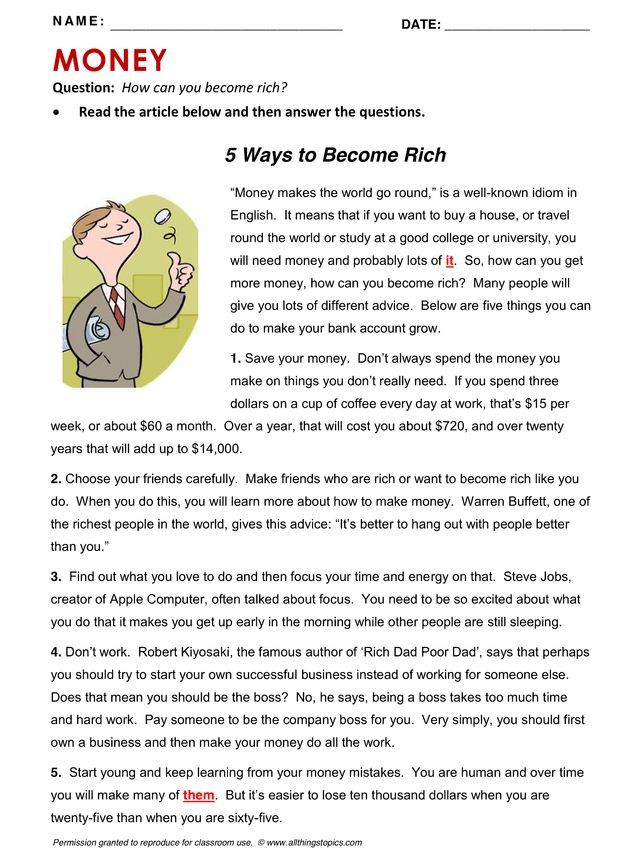 But the magic disappeared with him. Because it's all about imagination.
But the magic disappeared with him. Because it's all about imagination.
A writer can be judged from three points of view: as a storyteller, as a teacher, as a magician. All three - the storyteller, the teacher, the magician - converge in a great writer, but he will become a great writer if the magician plays the first fiddle.
We turn to the narrator for entertainment, for mental excitement of the simplest kind, for emotional involvement, for the pleasure of wandering into some remote regions of space and time. A slightly different, though not necessarily higher, mindset is looking for teachers in writers. Propagandist, moralist, prophet - this is the ascending line. One can go to a teacher not only for perspiration, but also for the sake of knowledge, for the sake of information. Unfortunately, I know people who read French and Russian novelists in order to find out something about life in cheerful Paris or sad Russia. But thirdly, and most importantly, a great writer is always a great magician, and it is then that the most exciting begins when we try to comprehend the individual magic of the writer, to study the style, imagery, structure of his novels or poems.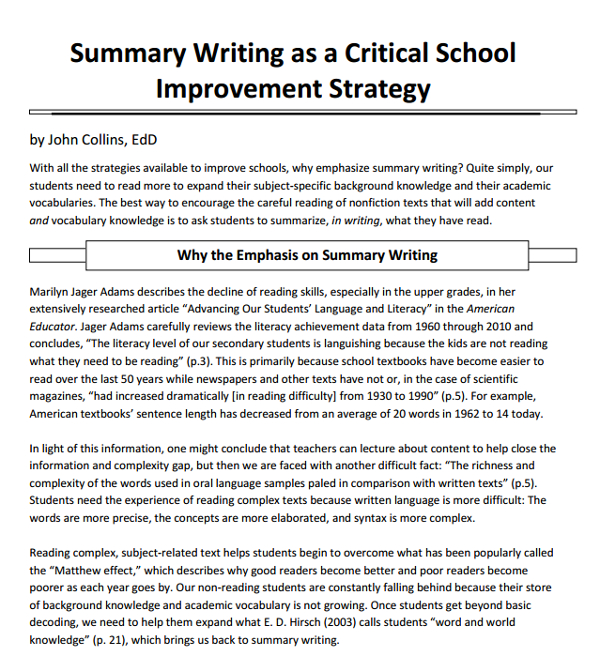
The three facets of a great writer - magic, story, teaching - are usually merged into an integral feeling of a single and only radiance, since the magic of art can permeate the whole story, live in the very core of thought. Masterpieces of dry, transparent, organized thought are capable of causing an artistic shock of no less power than Mansfield Park or the most violent cascade of Dickensian imagery. The accuracy of poetry combined with scientific intuition is, I think, the right formula for testing the quality of a novel. In order to immerse yourself in this magic, a wise reader will read the book not with his heart and not so much even with his mind, but with his spine. This is where the control chill comes in, although when reading a book, we must keep a little detached, without closing the distance. And then with pleasure, both sensual and intellectual, we will watch how the artist builds a house of cards and this house of cards turns into a beautiful building of glass and steel.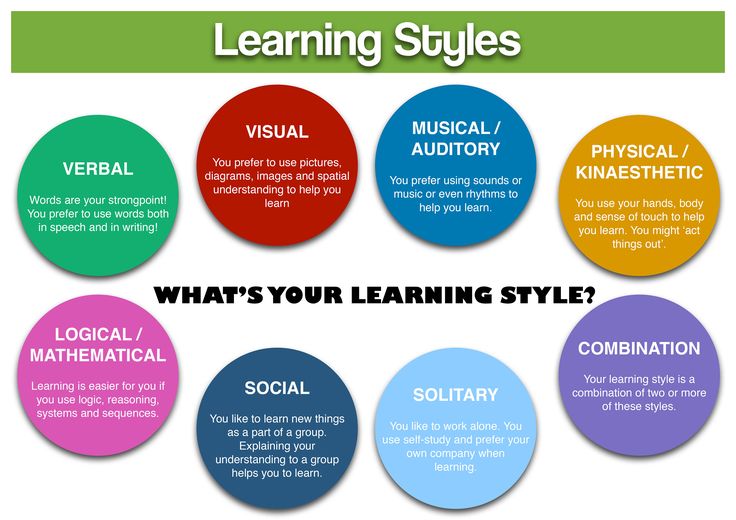
Olovynoye, 2013
9000
topics. The exhibition contains texts of questions and books, periodicals, where you can find answers to these questions. For example: "And we have a guest today" (about etiquette). This form of the exhibition is acceptable for younger students and teenagers.
Sounded exhibition: music, audio or video is expected. For example: 'What bird sings like'. Such an exhibition can be arranged for any age.
Exhibition-situation: teenage readers are invited to put books on exhibitions themselves: "I will take this book with me to a desert island ...", "I will take this book with me on a space journey ...", "This I'll take the book with me on a hike..." etc.
Exhibition-review: is organized, as a rule, for younger and older teenagers; consists of book reviews: read and interest, disappoint, suggest, advise.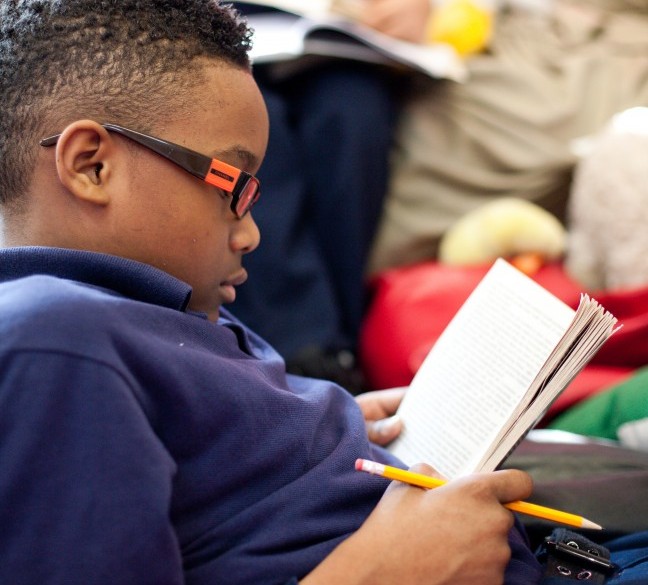
Test Exhibition: A similar exhibition for teenage readers and high school students is supposed to have tests and literature where you can find any advice and recommendations on the results of the test.
Exhibition of one portrait: the exhibition must have a portrait or reproduction and literature about this person. For example: "But Borovikovsky saved her beauty ..." (about M.I. Lopukhina). Such an exhibition is acceptable for older teenagers.
Exhibition-dispute: A dispute between teenage readers is supposed to reveal the problems of the social development of teenagers, to assist in their spiritual development. A notebook of responses is desirable: "A peer, answer a peer."
Reader benefit exhibition: e.g. "Best Reader of the Year" The purpose of such an exhibition is to draw attention to books through the close interests of peers. Mandatory elements: reader form, photograph, reading analysis (visits, favorite authors, genres, number of books read in various fields of knowledge), appeal to the children.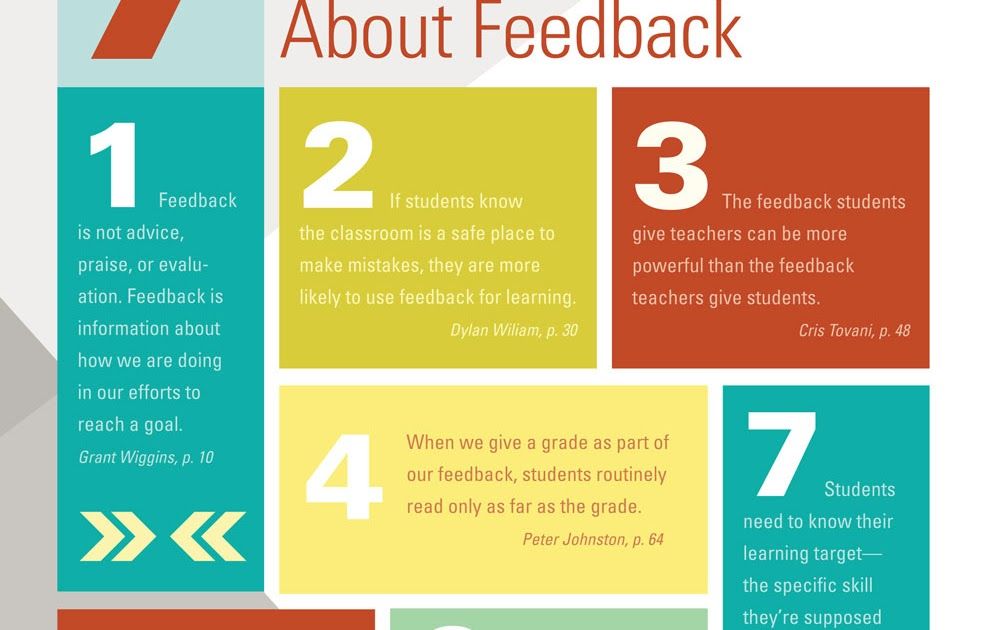 The exhibition can be organized both for junior schoolchildren and teenagers.
The exhibition can be organized both for junior schoolchildren and teenagers.
Exhibition-rebus: is accompanied by a poster with a rebus "Try, guess...". It can be of interest not only to primary school students, but also to older ones.
Herbarium exhibition implies the presence of the herbarium itself and books, periodicals about these plants. For example: "Medicinal plants of the Chastinsky district". Such exhibitions are acceptable for younger readers and teenage readers.
Crossword exhibition: It is obligatory to have a crossword puzzle on the theme of the exhibition, its close-up design and presentation of literature where you can find answers. You can photocopy the crossword puzzle and distribute these leaflets to children. It is better to organize such an exhibition for younger students and teenagers.
Exhibition of one book. Options are possible here: an exhibition of one book itself - for preschoolers and younger schoolchildren.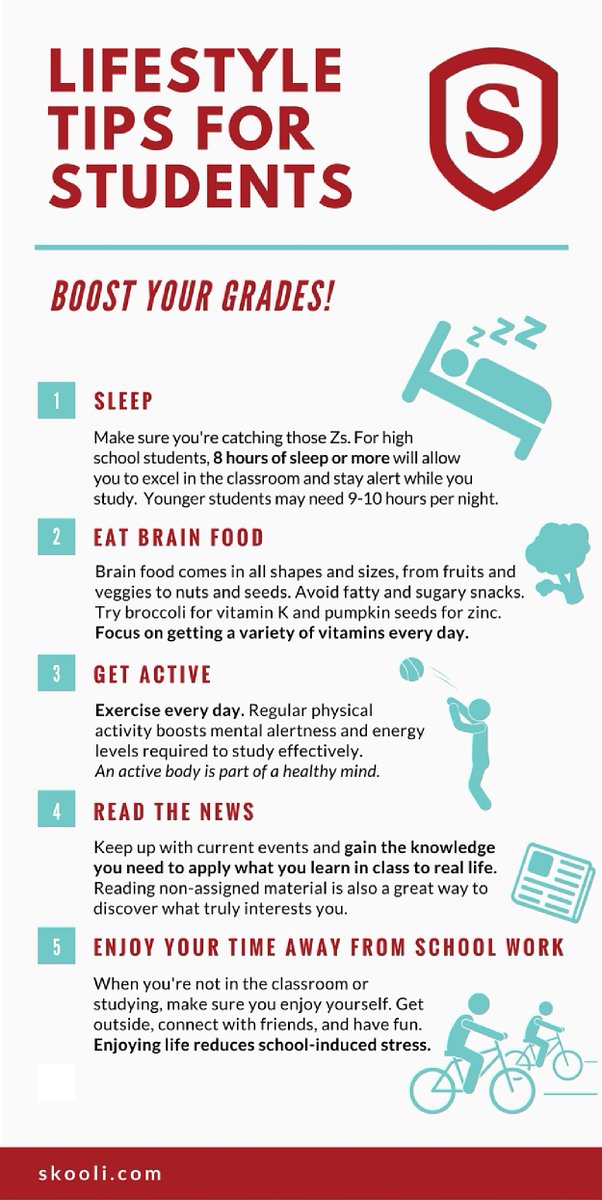 It must be accompanied by a bright poster with a recommendatory annotation. The annotation can include questions that make you read more carefully, reflect, compare the characters, their characters, actions, prompting a holistic perception of the work. And when the book appears in different aspects - reprints; illustrations by various artists; History of creation; prototypes; first readers; the fate of the book and the author; film adaptations, theatrical performances; continuations added by other authors; criticism, reviews - then such an exhibition is better addressed to teenagers.
It must be accompanied by a bright poster with a recommendatory annotation. The annotation can include questions that make you read more carefully, reflect, compare the characters, their characters, actions, prompting a holistic perception of the work. And when the book appears in different aspects - reprints; illustrations by various artists; History of creation; prototypes; first readers; the fate of the book and the author; film adaptations, theatrical performances; continuations added by other authors; criticism, reviews - then such an exhibition is better addressed to teenagers.
Exhibition-game. Play is the leading activity in preschool age. But everyone loves to play: both kids and middle and high school students. Unless the games are changing, their intellectual side is getting stronger. Thus, an exhibition-game can be created for all ages. At this exhibition, the elements of a game, thematically determined by the recommended literature, are an integral part.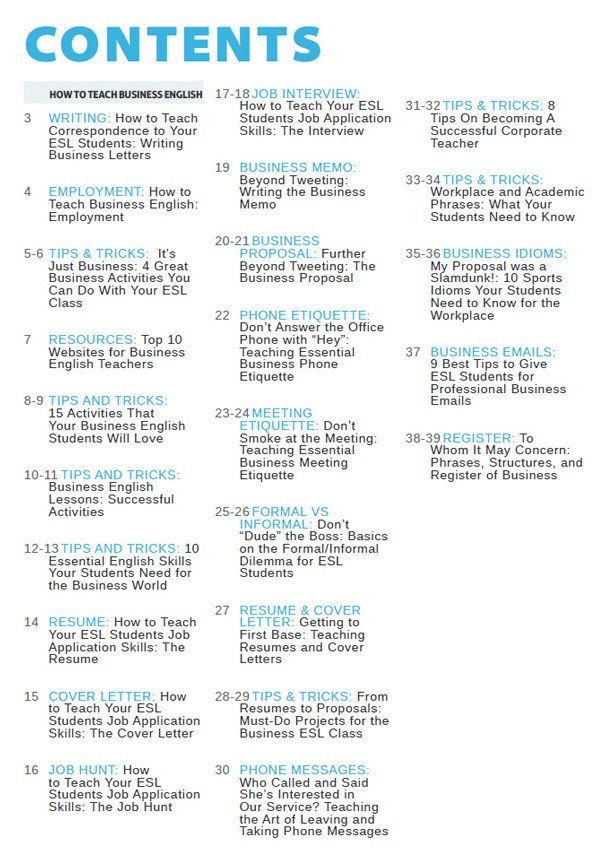 The level of complexity of the game materials of the exhibition is predetermined by its target and readership. For preschoolers, a game with literary fairy-tale characters "Guess what books we are from" is suitable; for younger students, topics can be very different: the basics of life safety, school, our planet, etc. For example: "Let's help Masha pick mushrooms in a basket." For teenagers, jousting tournaments or a "sea voyage" "At full sail - into the summer" are suitable.
The level of complexity of the game materials of the exhibition is predetermined by its target and readership. For preschoolers, a game with literary fairy-tale characters "Guess what books we are from" is suitable; for younger students, topics can be very different: the basics of life safety, school, our planet, etc. For example: "Let's help Masha pick mushrooms in a basket." For teenagers, jousting tournaments or a "sea voyage" "At full sail - into the summer" are suitable.
Exhibition-dialogue. It best implements the mutually respectful and mutually enriching dialogue between the librarian and the reader, which is so necessary today. Children ask questions. For example: "I want to know about myself ...". The librarian or psychologist is looking for answers to the reader's questions. Questions of interest to children, which they are sometimes embarrassed to ask adults, can be predicted: love, my rights, etc. It should aim at a deeper perception of literature, exchange of opinions, and offer creative tasks to readers that are consonant with topics of interest to children.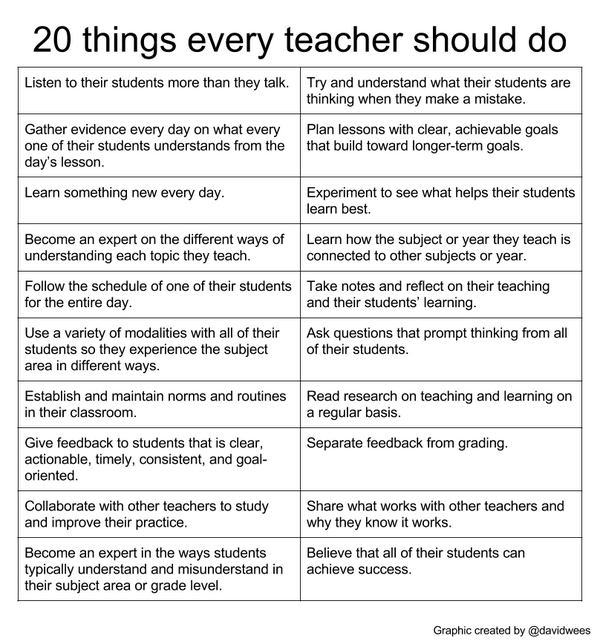 It is necessary to leave space on it for readers' comments, new questions, which will allow presenting different points of view on the issue under discussion, the opportunity to speak out, listen and hear. The exhibition-dialogue is most suitable for older teenagers and, according to its original design, should be oriented towards this age group.
It is necessary to leave space on it for readers' comments, new questions, which will allow presenting different points of view on the issue under discussion, the opportunity to speak out, listen and hear. The exhibition-dialogue is most suitable for older teenagers and, according to its original design, should be oriented towards this age group.
Exhibition-quiz. This is a kind of exhibition-competition that stimulates the cognitive activity of children in the process of reading. Unlike the previous one, the reader is looking for answers to questions that are written in writing (for example, in the form of a pocket book or on a separate poster) in the literature exhibited at the exhibition. It will be good if it will be a cycle of exhibitions of polythematic content, organized during the school year for younger students and teenagers. An exhibition-competition can be devoted to any topic, it is obligatory to have the conditions of the competition, summing up, rewarding.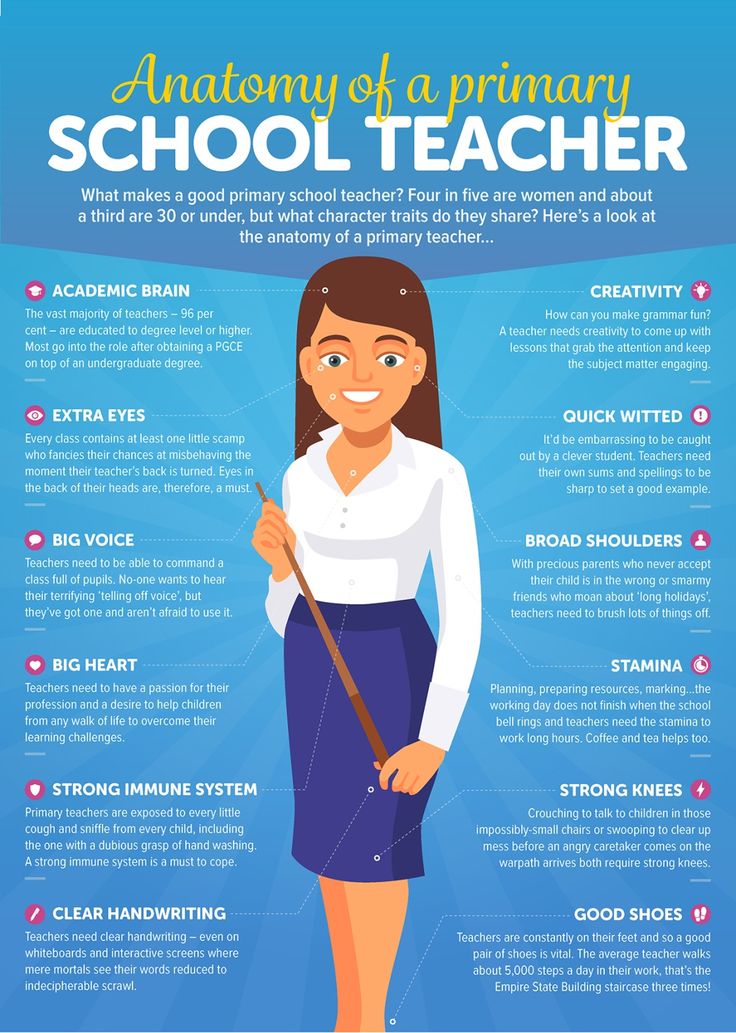
Exhibition recommendation and exhibition advice. There are no big differences between them either. Expert advice is given on any problem of interest to adolescents, for example, recommendations to adolescents: "How to develop memory." Factual information is accompanied by a list of literature recommended for self-education on this issue. The list of literature is compiled by the librarian, as well as her selection for the exhibition.
Exhibition-Chineword: It is obligatory to have a tea-word on the theme of the exhibition, its close-up and presentation of literature where you can find answers. An exhibition-chineword, an exhibition-crossword, an exhibition-competition - all these are exhibitions of the same series, similar in form. And although they stimulate inquisitiveness, develop curiosity, prepare for a more careful reading of the sources presented at the exhibition, they should not be abused: after all, neither adults, nor children, nor toddlers, nor adolescents like monotony. Imagine a situation if all exhibitions are crosswords or chainwords?
Imagine a situation if all exhibitions are crosswords or chainwords?
Exhibition-dictionary: is organized for younger students and teenagers in order to explain new terms and concepts.
Hobby Exhibition: next to the recommended books are objects made according to the advice, recipes, drawings, patterns from these books, and at the same time the objects of labor with which these products are made. For example; "Macrame is just...", "Our hands are not for boredom", etc. It seems that it can be created for children of different age groups, but the most interesting will be for younger teenagers. The main thing is that everything is done by the hands of readers.
Live exhibition. Not only books, articles from magazines and newspapers, illustrative materials are exhibited here, but the presence of living creatures is also assumed - these can be fish in an aquarium, a guinea pig, a hamster, etc. According to my observations, this exhibition arouses sincere interest among preschoolers and younger students.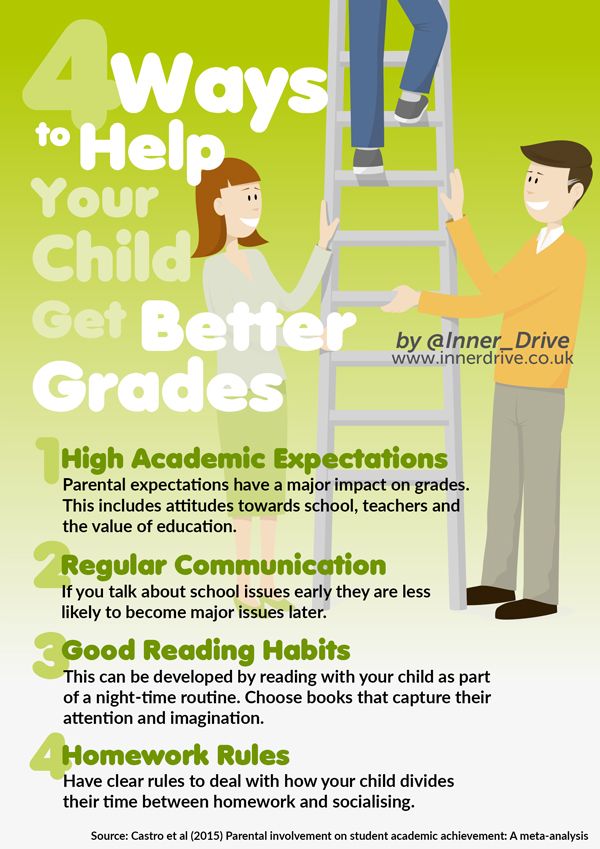
Exhibition-acquaintance. It is organized to introduce readers to some interesting person (local figure, famous person, etc.). The search for authority, a role model, begins to manifest itself clearly in adolescence. Therefore, such an exhibition will not leave indifferent children of this age.
Exhibition-presentation (advertising, premiere). This may be a presentation of a new book, magazine, newspaper or an unusual disclosure of their content using advertising technology, for example, through the headline-order "Girls, a new book for you: read it!". I think such an exhibition will attract the attention of teenagers and high school students.
ikebana exhibition . If there is a desire to give the interior of the library an artistically expressive look, to strengthen the aesthetic aura in it, then one must show imagination and be sure to design such exhibitions. They present books on this subject, and the presence of compositions of flowers is mandatory. Those librarians who have already organized such exhibitions are advised to address them to teenagers, as well as to involve teenagers in their design. Another approach is also possible. To draw attention to poetry, you can organize an exhibition "Poetry of the Silver Age in the images of florists-designers" and for each flower arrangement you can choose a poem from the author's collections of poets of the Silver Age according to your mood.
Those librarians who have already organized such exhibitions are advised to address them to teenagers, as well as to involve teenagers in their design. Another approach is also possible. To draw attention to poetry, you can organize an exhibition "Poetry of the Silver Age in the images of florists-designers" and for each flower arrangement you can choose a poem from the author's collections of poets of the Silver Age according to your mood.
Revelation exhibition belongs to the category of psychological exhibitions that have been organized in libraries in recent years, and suggests frank thoughts of teenage readers on any issues.
Exhibition prepared by the reader: An exhibition is prepared by a teenage reader on a topic of interest to him. And, of course, it can be not only books. The reader can offer disc sleeves, photocopies of articles, essays by school friends, portraits of idols, photos of stamp collections, various iconic accessories: badges, symbolic models made of various materials, and much more.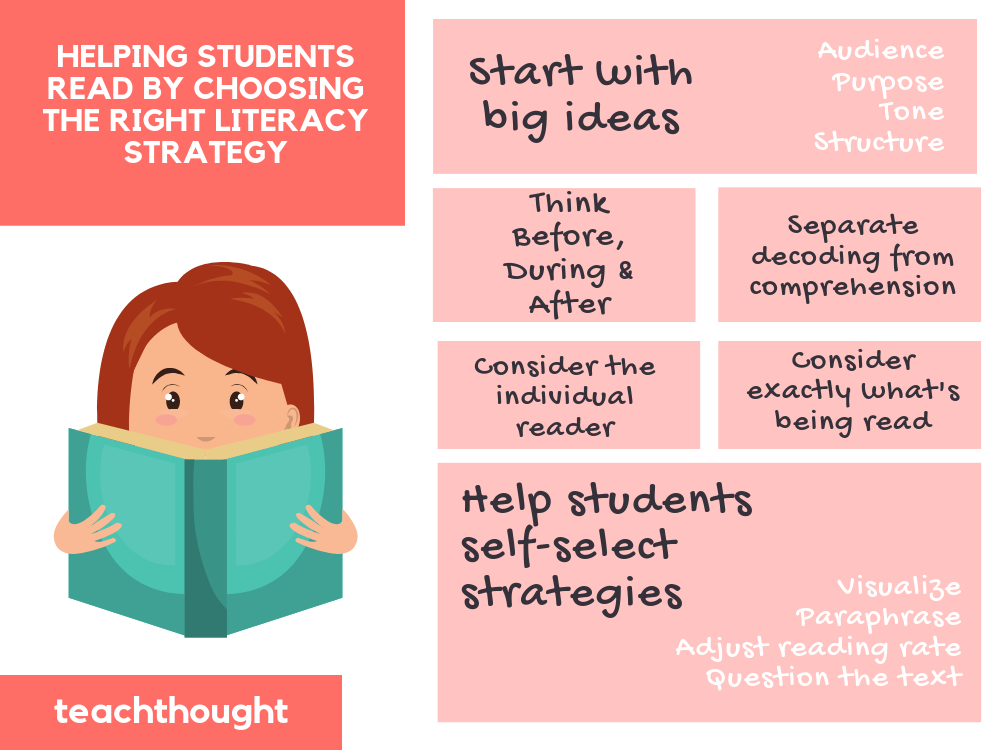
Exhibition-mood: teenage readers are invited to put books on the exhibition themselves and give feedback on them: "I read this book when I am happy...", "I read this book when I am sad..." etc. The topic will also attract the attention of children: "As it is rightly said ... not by me ... about me", this exhibition can be organized by a librarian based on the works of Russian classics. Sections of the exhibition: "Heroes are sad", "Heroes are happy", etc.
Exhibition of one genre. By presenting books of the same genre - detective, fantasy, adventure novel, historical novel, etc., one can not only satisfy the reader's needs, but also help to find out about new books with the same genre specifics. The above genres will be of interest to teenagers, but poems, fairy tales, fairy tales - to primary school students.
The exhibition of one author, is usually organized for anniversaries of writers, but can be permanent if the library is named after the writer.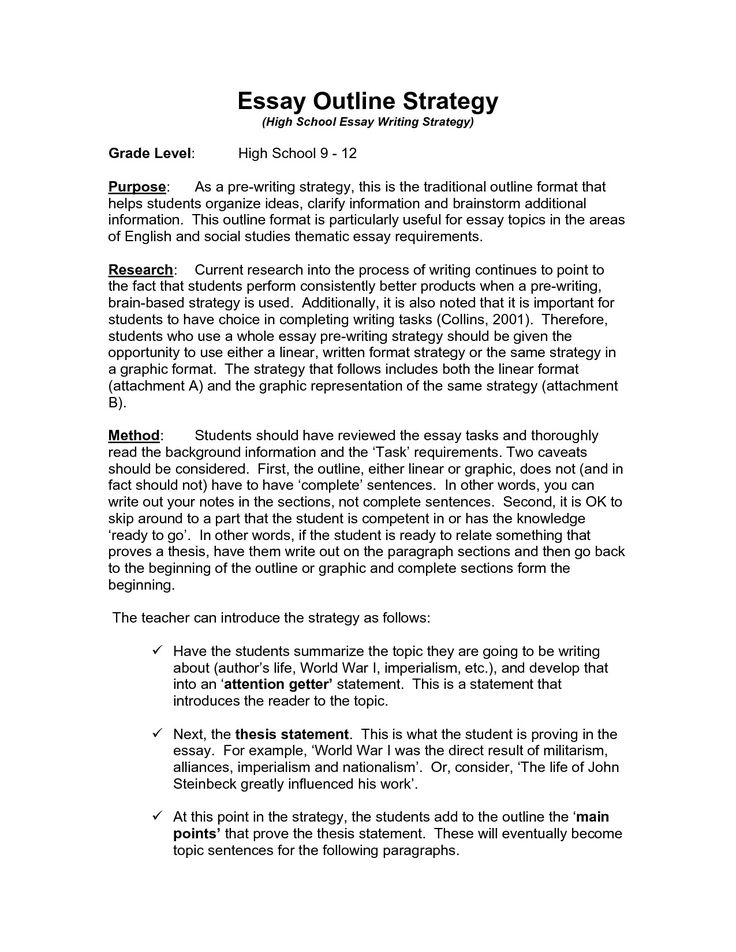 Of course, it should contain not only books, but also materials about the writer. The reader's address of the exhibition can be varied, depending on which books, which author and for what purpose are shown: primary acquaintance with the work or deepening knowledge about the work of the writer.
Of course, it should contain not only books, but also materials about the writer. The reader's address of the exhibition can be varied, depending on which books, which author and for what purpose are shown: primary acquaintance with the work or deepening knowledge about the work of the writer.
Exhibition "Literary Hero": the exhibition will attract the attention of preschoolers, junior schoolchildren, and teenagers. Exhibition themes can be: "Matroskin the Cat", "Kuzka the Brownie", "Sherlock Holmes", "Harry Potter". Now it is easy to organize an exhibition "Harry Potter", as toys-figures of heroes, notebooks, calendars are published along with J. Rolling's books. The exhibition provides for the activation of children's creativity, letters to heroes, continuation of the story about the hero, games with the hero and much more.
Exhibition-controversy. It is drawn up for teenagers in order to help the reader in the formation of a worldview, to convey to him interesting, relevant discussion material.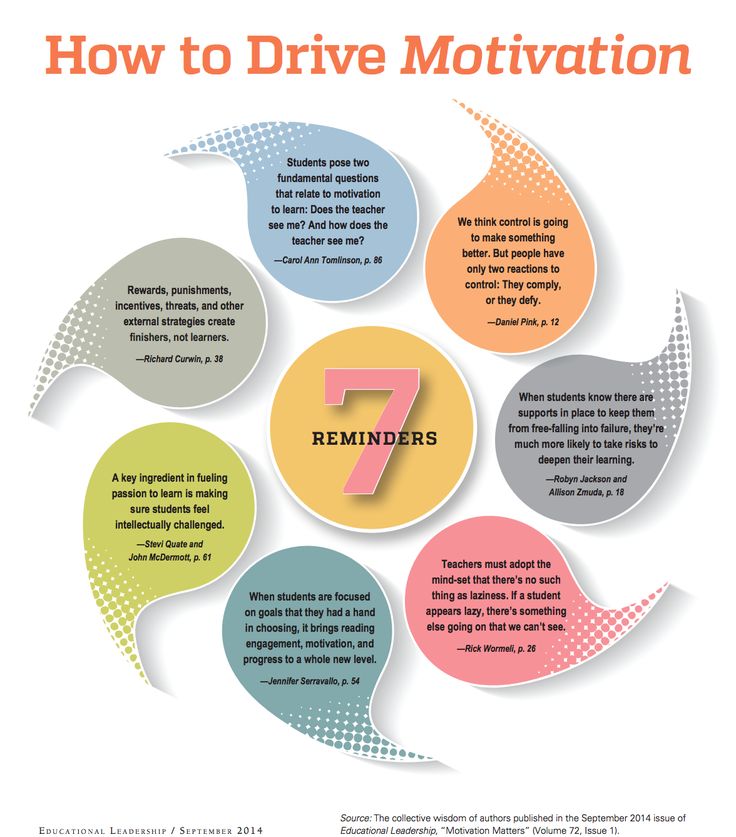 Be sure to have polemical material, reviews on it, reflecting different points of view. For example: "Where do crimes and teenage criminals come from?".
Be sure to have polemical material, reviews on it, reflecting different points of view. For example: "Where do crimes and teenage criminals come from?".
Exhibition-search for teenagers and high school students: the creation of the exhibition involves a preliminary local history, scientific search, followed by the design of materials. For example: "Interesting people of our village", "Our fellow villagers are participants in the Great Patriotic War."
Reader Research Exhibition: You can vote for teen readers on the topic: "What books will we take with us into the future."
Exhibition-dossier: the creation of an exhibition involves the collection of factual data about something. For example: "Pedigree of the flag, coat of arms, anthem of the Russian Federation." This form of exhibition is acceptable for teenagers.
Exhibition-exposition, for example: "Yes, there were people in our time.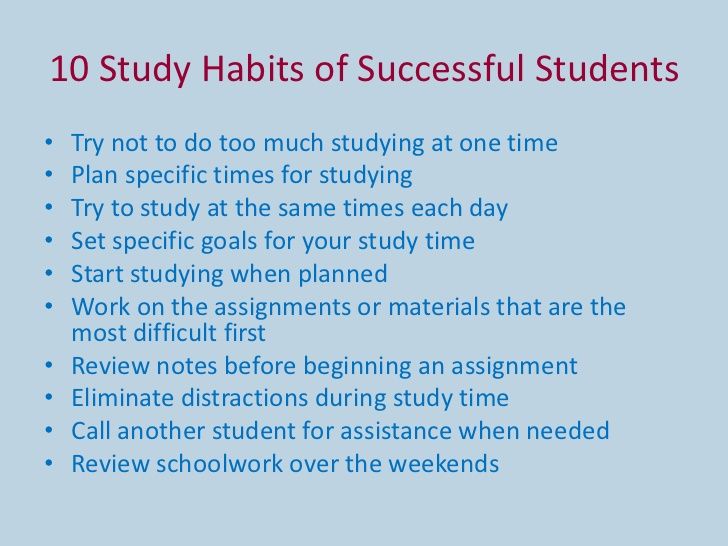 " The exhibition contains reproductions of battle battles, biographical information, historical novels, stories and poetic works about the participants in the Patriotic War of 1812. It is recommended to design this exhibition for teenagers.
" The exhibition contains reproductions of battle battles, biographical information, historical novels, stories and poetic works about the participants in the Patriotic War of 1812. It is recommended to design this exhibition for teenagers.
Exhibition-conflict. It seems that this is another kind of "psychological exhibitions". The need for such exhibitions is felt by workers not only in libraries for adults. In children's and school libraries, it is designed for teenagers in order to help the reader in resolving some kind of conflict situation, helps to search for possible ways out of it.
Exhibition of book illustrations. The exhibition contains open illustrated books on a certain topic, but the emphasis is on illustrations. For younger students and teenagers, exhibitions of illustrations by one artist, for books of one genre, on one topic, for example: "Frost and Sun" (winter landscapes), will be interesting. The exhibition develops in children the idea of a book as an artistic value, where the synthesis of text and illustrations give each one a unique look.
Exhibition-mail: exhibition with elements of mail that helps to establish feedback with the child based on the recommended literature. For example, children can be encouraged to write letters to literary characters or book authors. Letters will be on display along with books. Such an exhibition will have a positive response from younger students.
Exhibition-calendar: You can arrange a calendar of folk signs, a calendar of professional holidays, a calendar of literary dates, children's holidays in the world, etc. The reader's address will depend on the theme of the exhibition and its materials.
Exhibition-condemnation or anti-exhibition. At such an exhibition, books spoiled and not returned by readers (a white sheet with a model of a catalog card on it) can be presented. Can be organized for toddlers and teenagers.
Exhibition-Opening Day: The exhibition houses books and reproductions of paintings on certain topics, but the emphasis is on reproductions.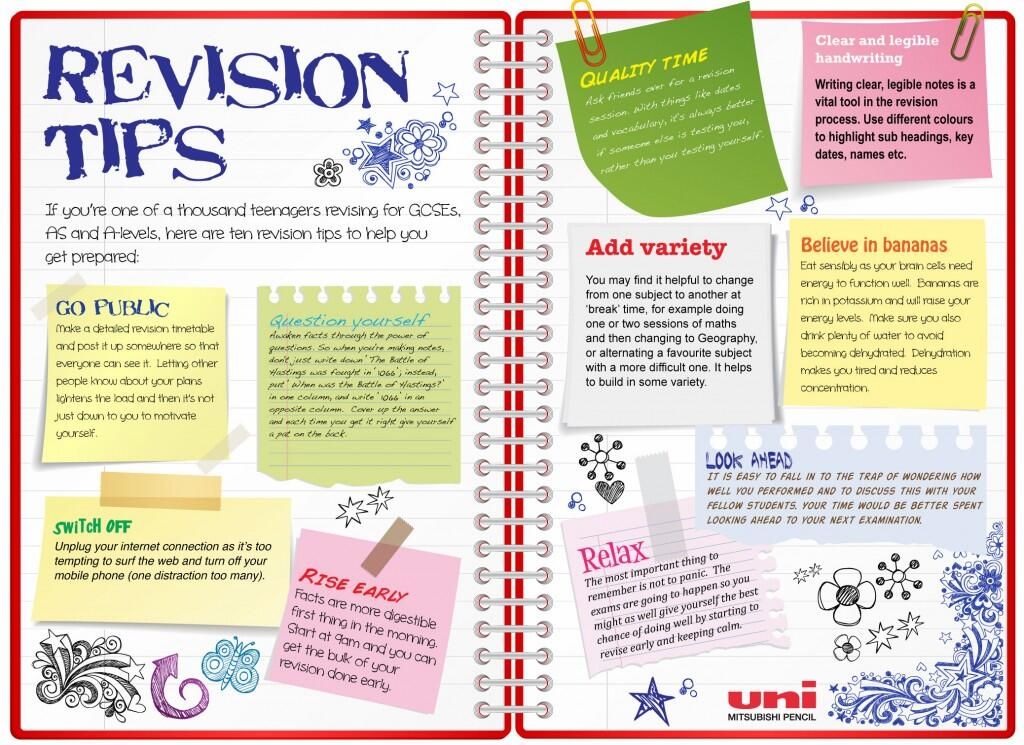 Designed to develop aesthetic taste in adolescents.
Designed to develop aesthetic taste in adolescents.
Fairy tale exhibition: The exhibition is being prepared together with readers - younger schoolchildren. Children illustrate the plot of a fairy tale, mold fairy-tale heroes from plasticine, build a fairy-tale city. All this, together with the text of the fairy tale, is formed into a single compositional series of the exhibition.
Exhibition-diary - these can be diaries of great people, writers, individuals, which can be considered as documents of the era ("Tanya Savicheva's Diary", "Anne Frank's Diary", the diaries of F.M. Dostoevsky, K.I. Chukovsky, Yu.K. Olesha and others). At will, former library readers, school teachers, parents can submit their diaries.
Name exhibitions. It is desirable that this be a series of exhibitions "Alexander", "Anna", "Vladimir", etc. Their goal is to introduce students to historical figures who have these names (Alexander the Great, Alexander Nevsky), poets and writers, literary and biblical heroes (Anna Akhmatova, Karenina, Kern, Onegin, mother of the Virgin Mary).


